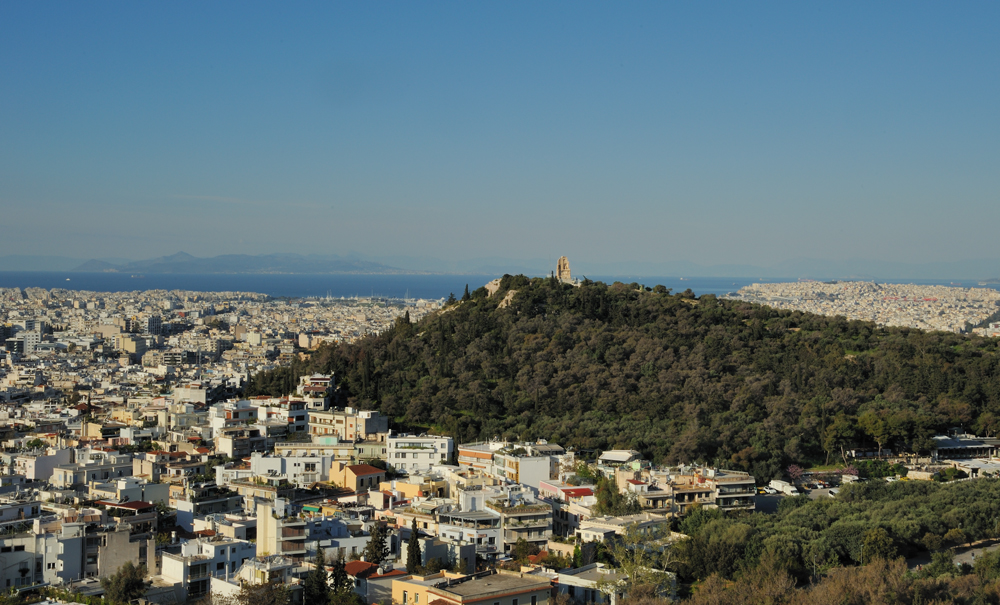
This post is a hodge-podge of Athena pieces.
Athena, the city with 9000-years history, the cradle of European civilization. And all this history can be seen in pieces during the city walk.
Because one third of whole population of Greece lives in Athena, the city is crowdy, noisy, lively, and merry.
Athena is bright and light: white walls, red roofing, blue sea, blue sky, and scarlet poppies.
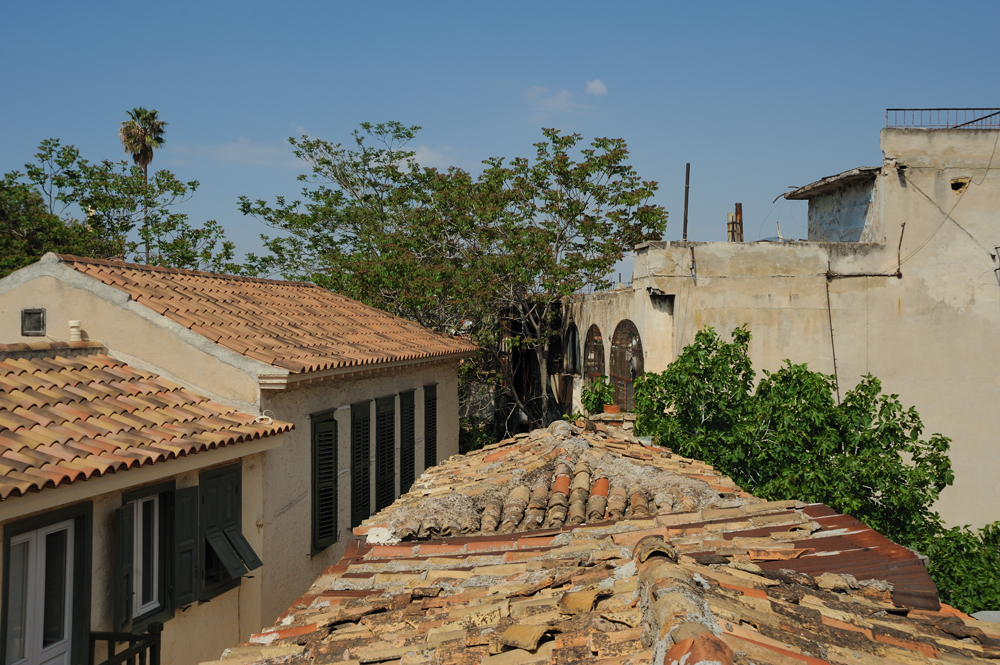

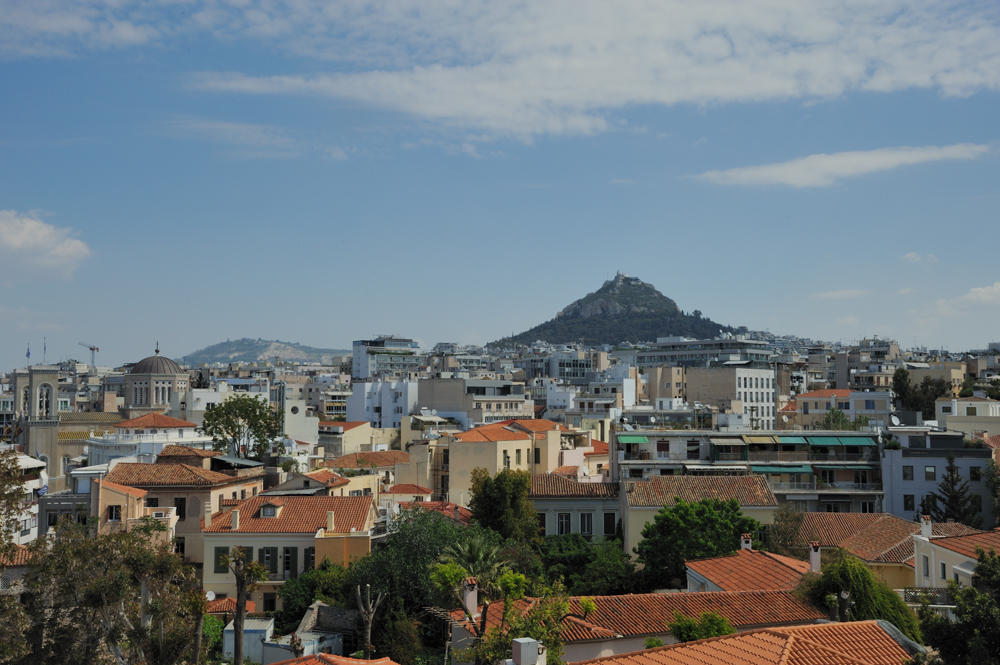
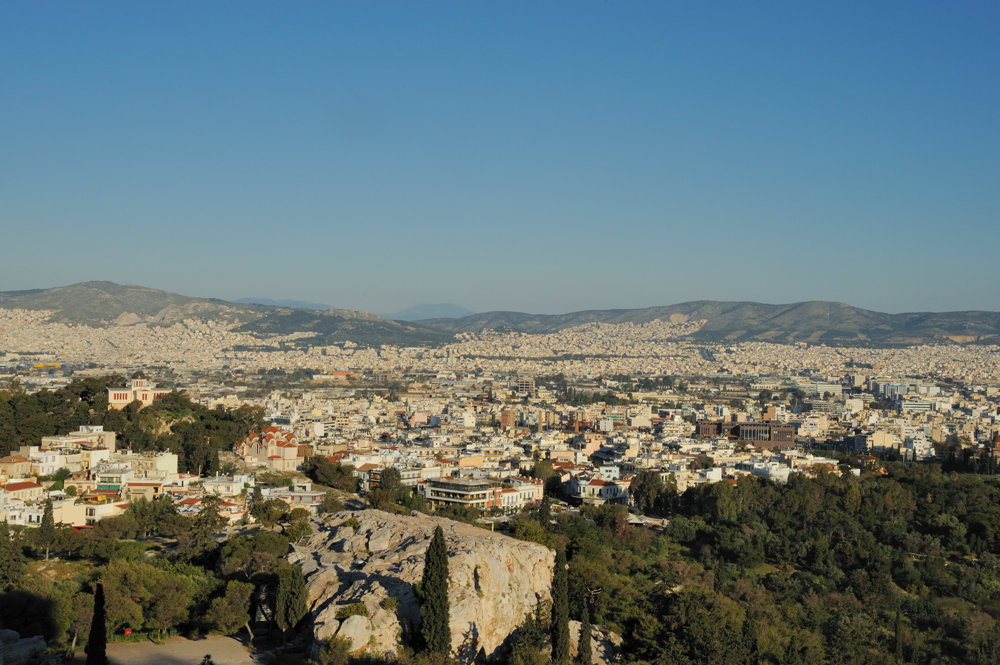

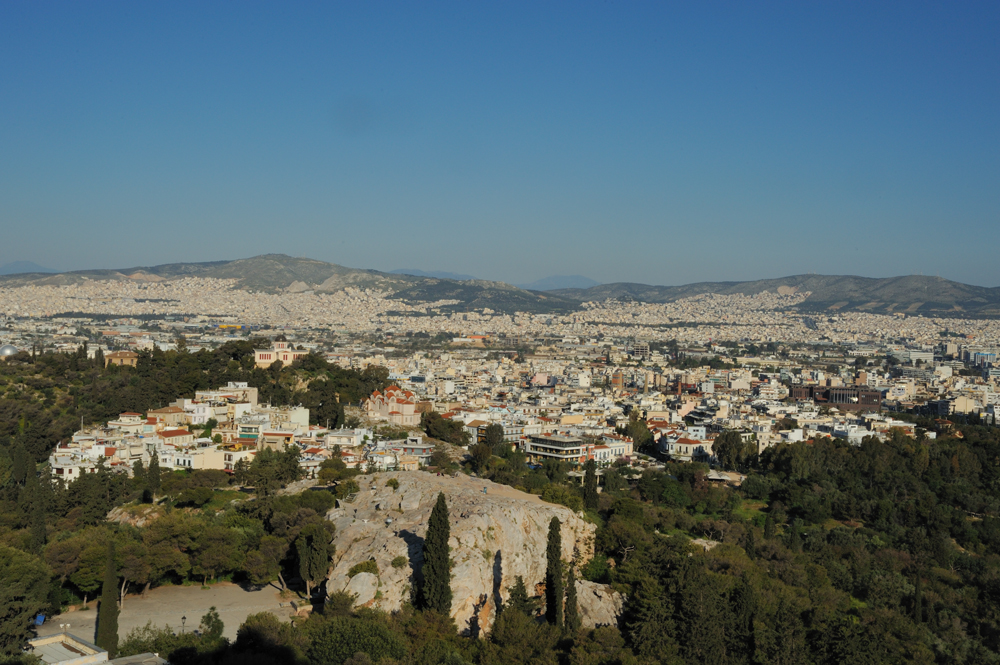
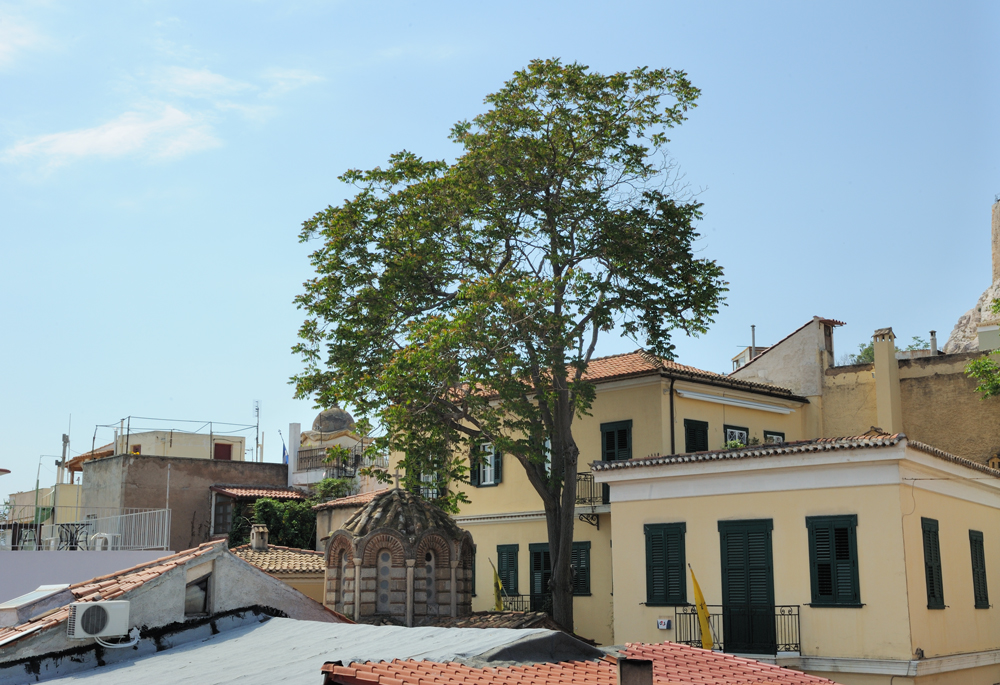
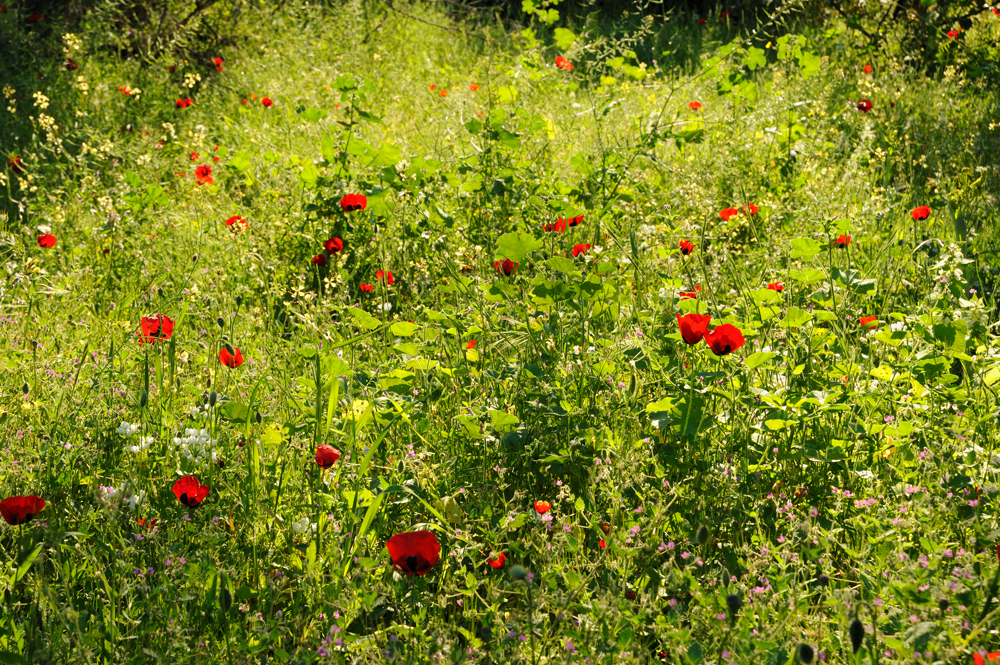
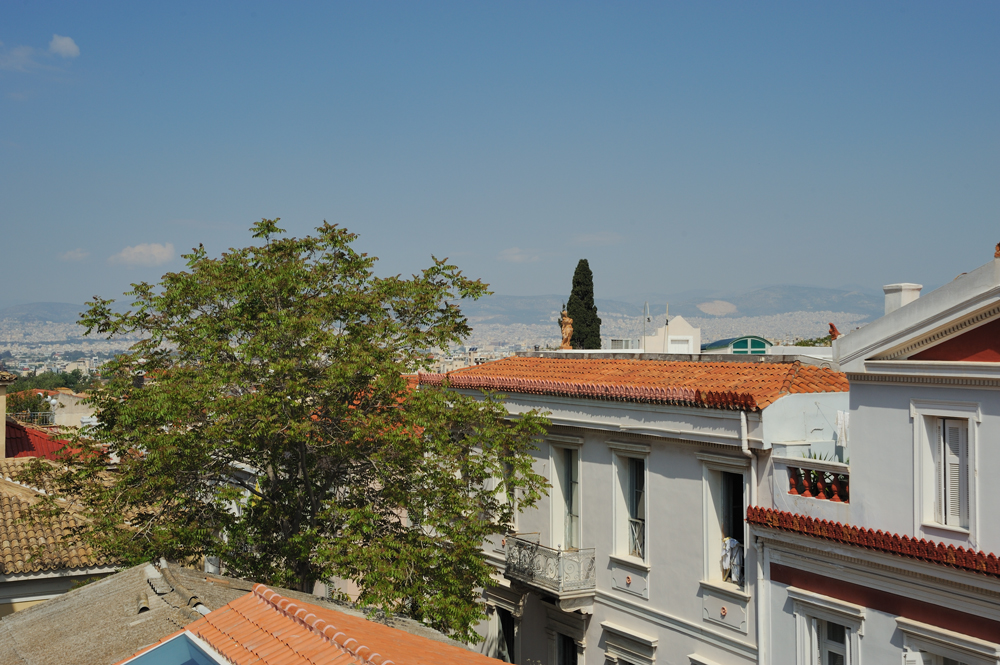
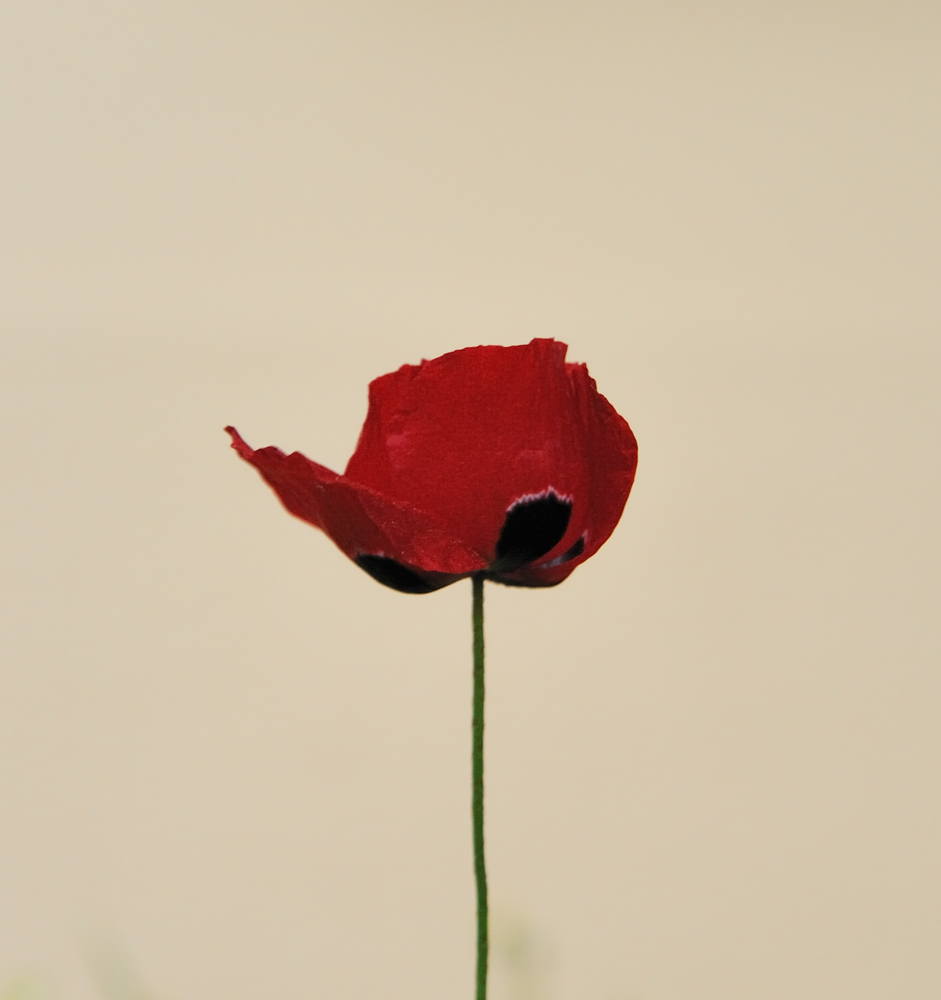
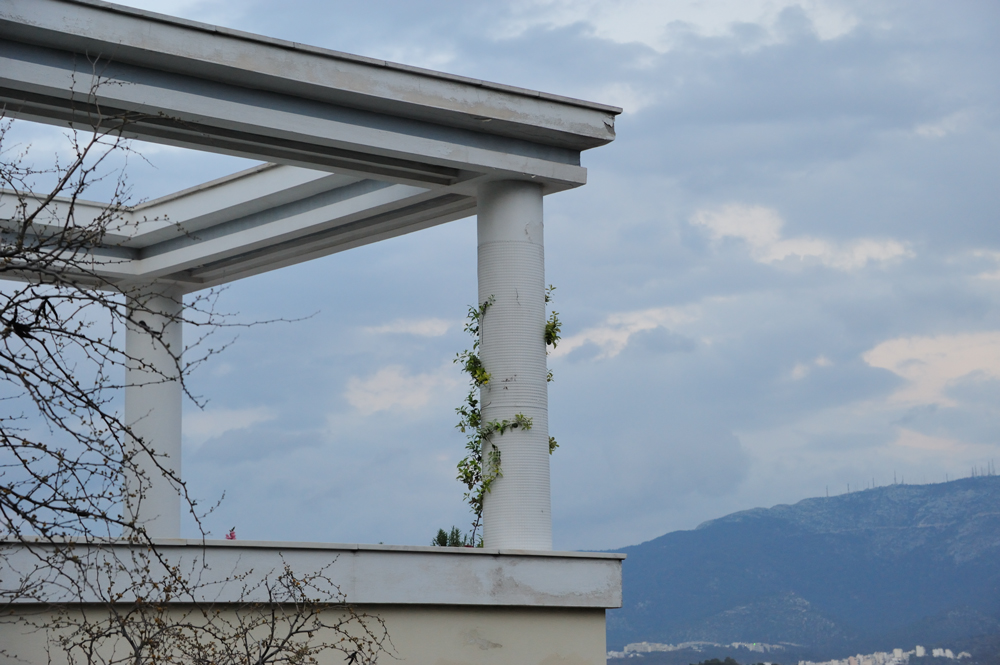
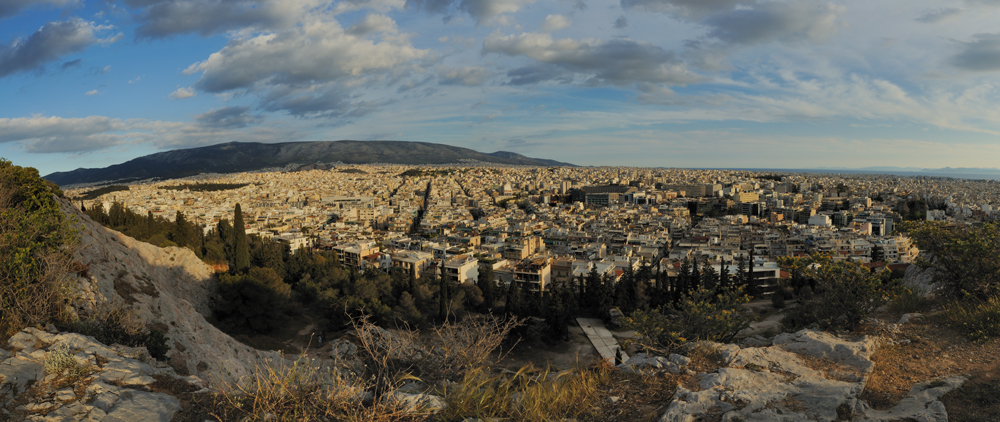
There are plenty of orange trees on the Athena’s streets. They are blooming in the April, and whole city is covered by the fled-orange aroma. Fruits also still on the trees, that brings additional beauty.

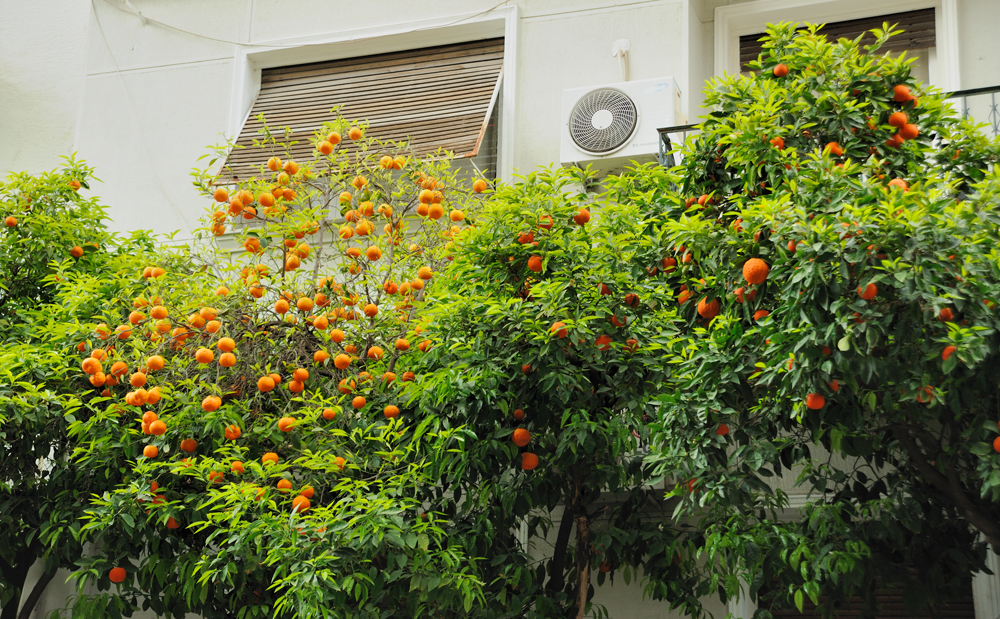
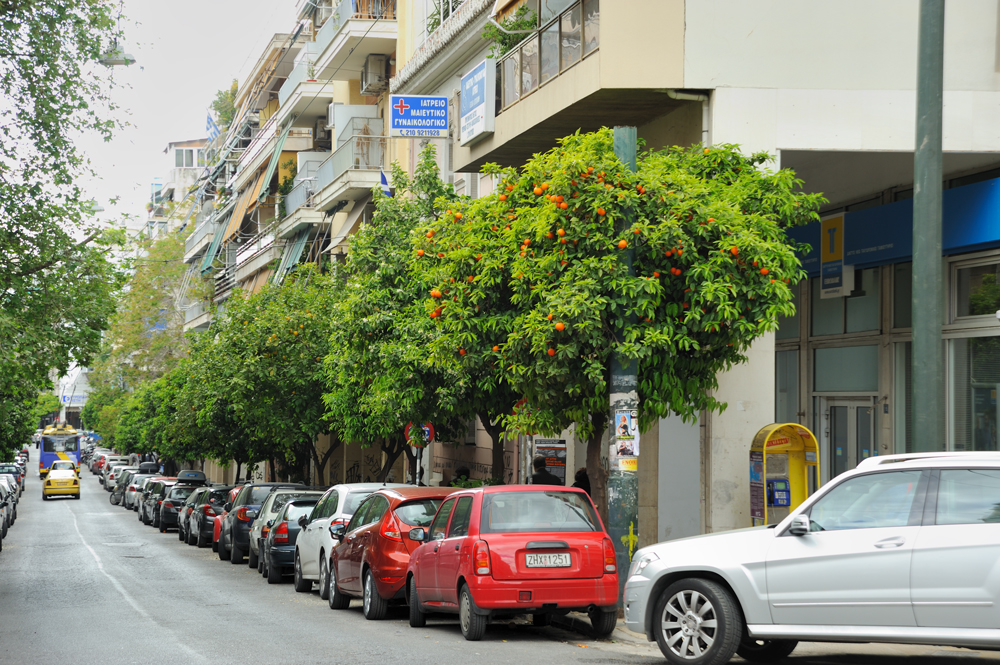
Some lemons can be met among the oranges.

The city is green.
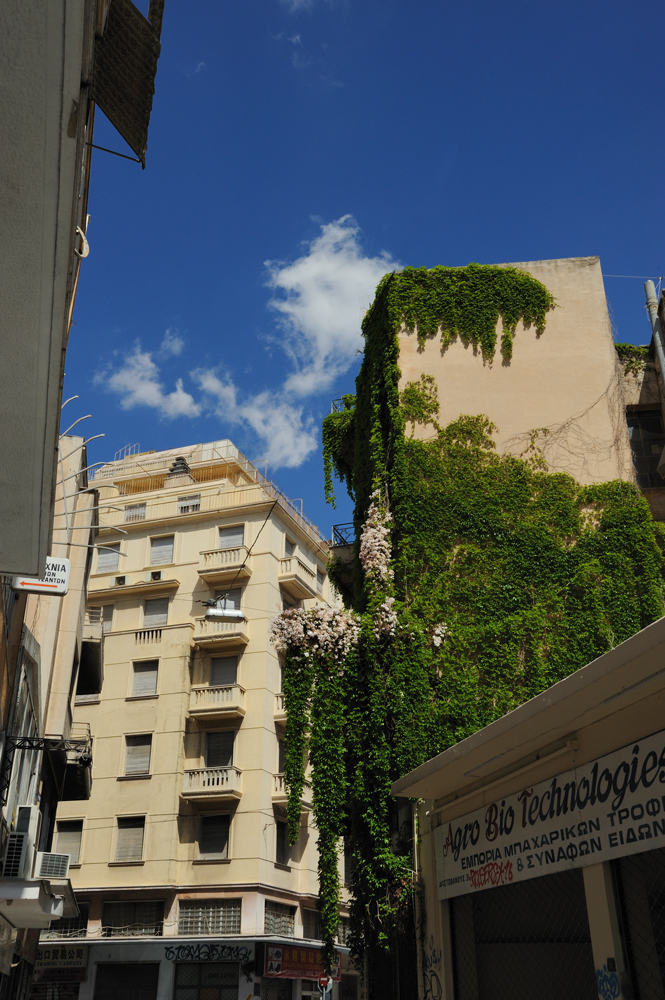
The ancient buildings still exist among modern streets. Ancient Greeks were skilled in architecture, and dispute of time, and Christian and Muslims attempts, the traces of great still present.
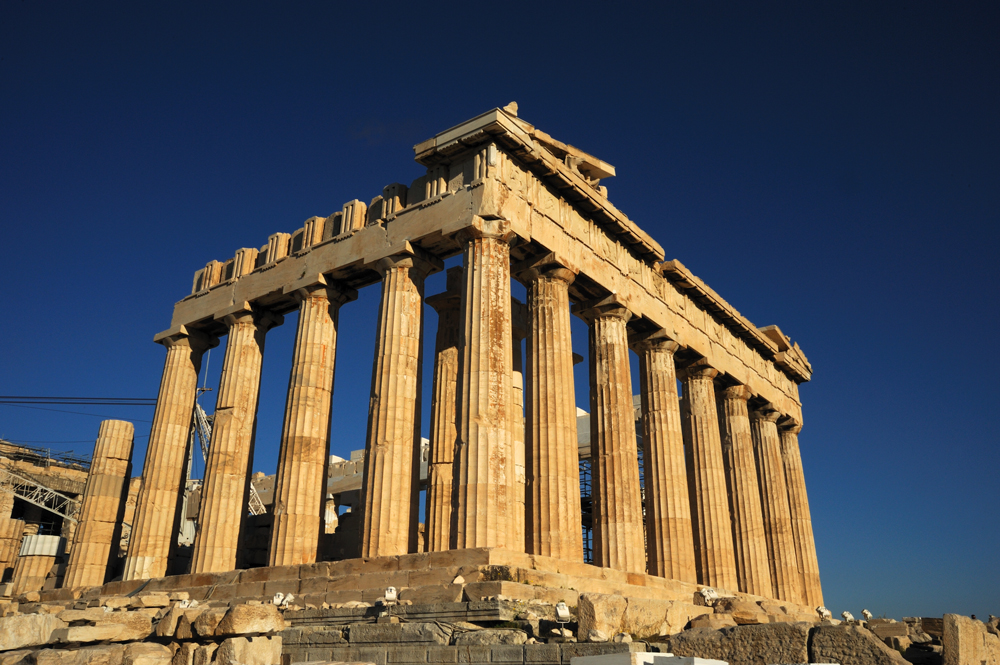
The Temple of Zeus
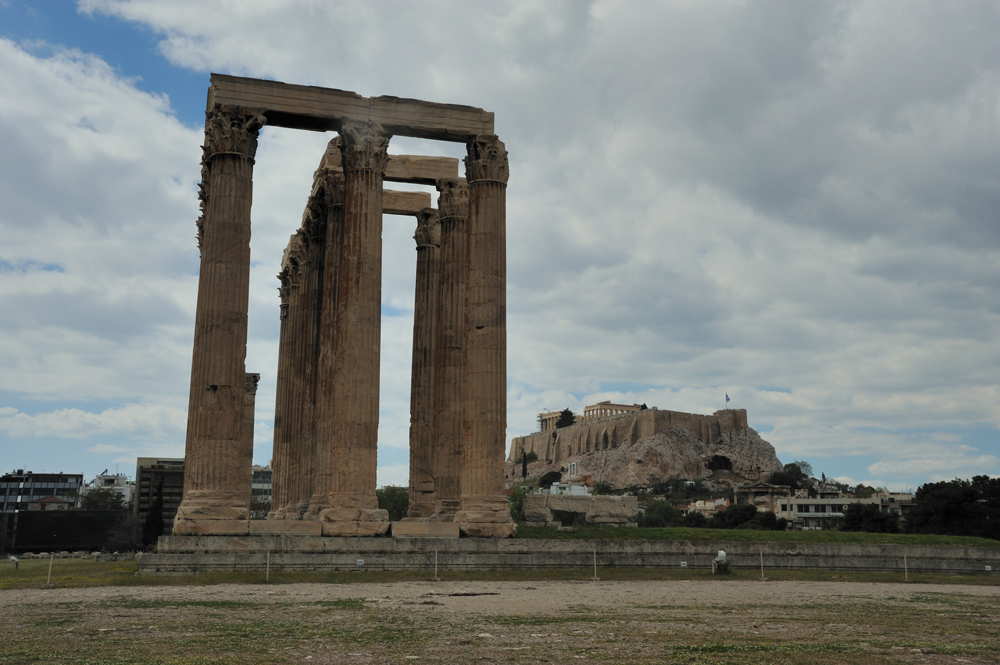

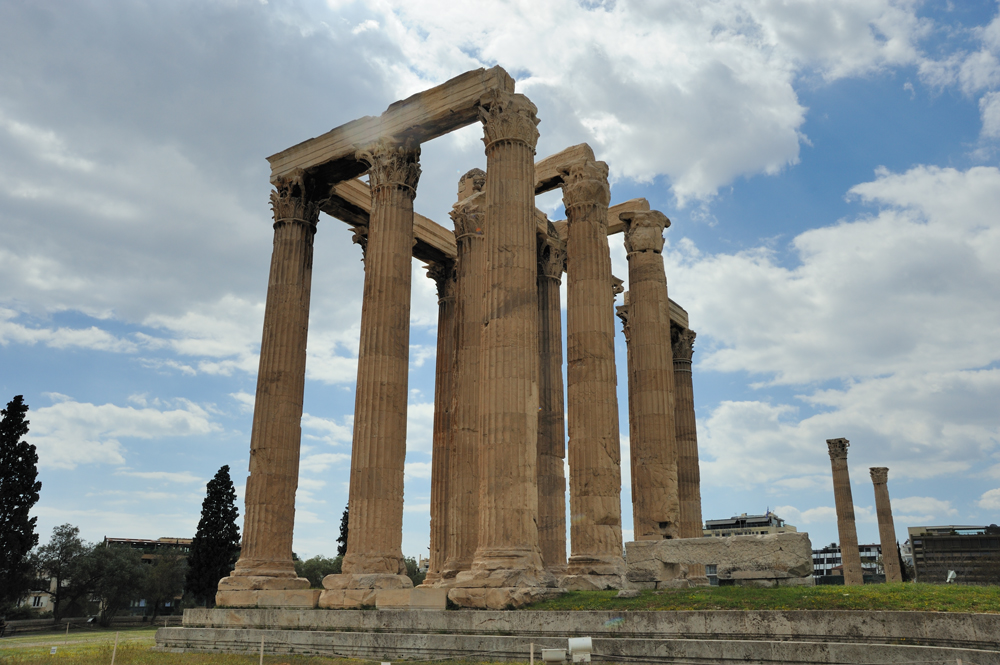
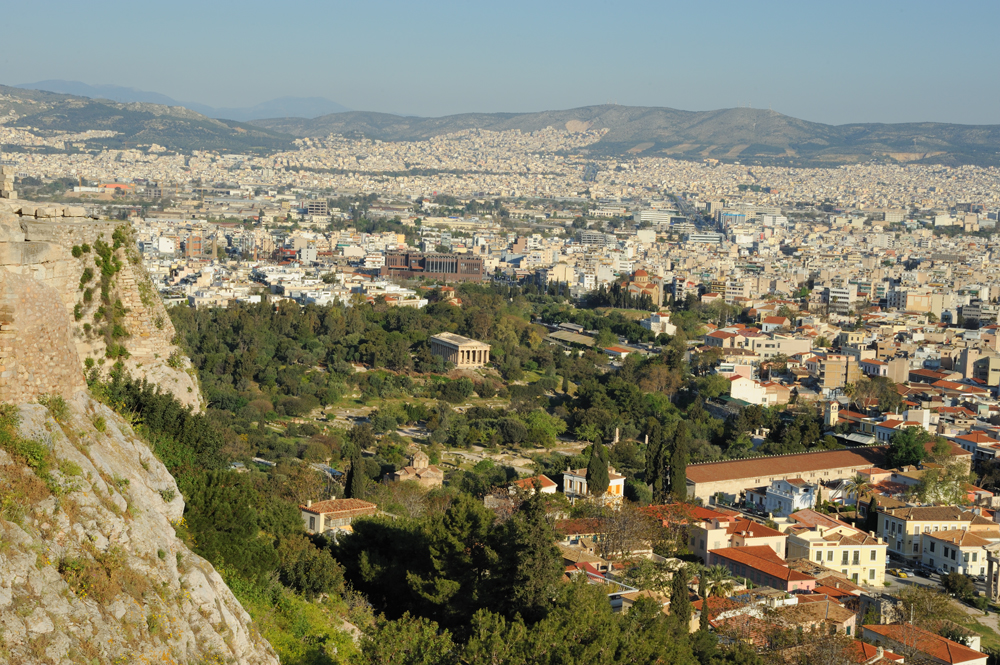
Another construction that exists from antic times and is still functional. Panathenaic Stadium. It had other names in previous times (if had some), but it serves as a stadium from VI century BC. In Ancient Greece it was place for the Panathenaic Games, the great event in the Attica’s life. Originally it was built of wood, but in 330 year BC it was rebuilt entirely of marble by Lycurgus. Christians and Muslims didn’t pay proper respect to the sport, and the stadium was abandoned and damaged. Fortunately in the middle of XIX century sportsmen and patriots got the upper hand, and the stadium was restored in all its marble beauty. Since 1870 it is a place for competitions again. In 1896 it was used for first modern Olympic Games. In present days it is still used for sport events.
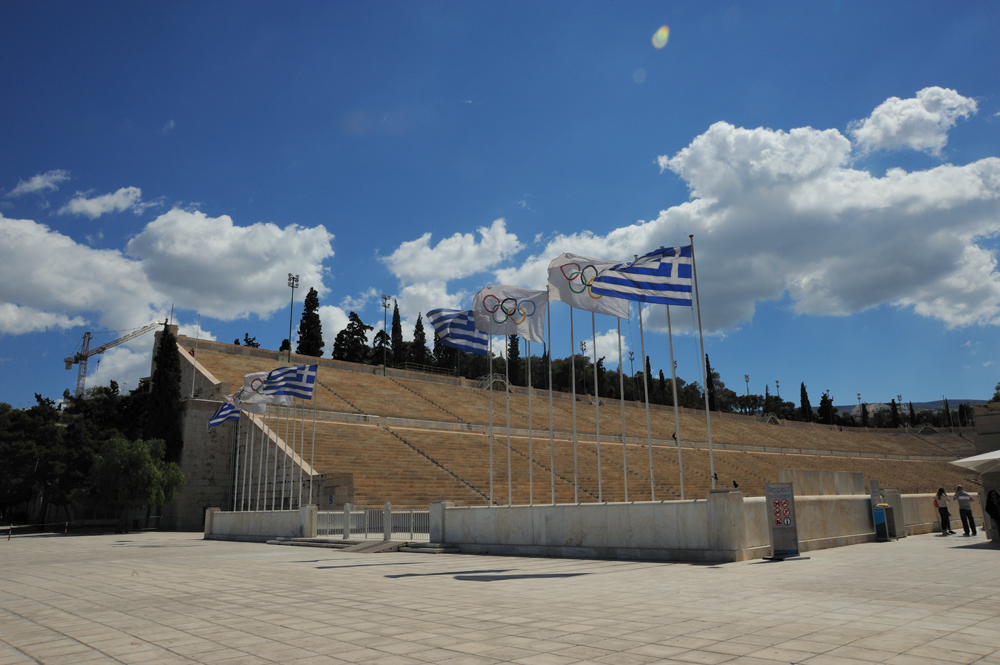
Discobolus statue near the stadium.
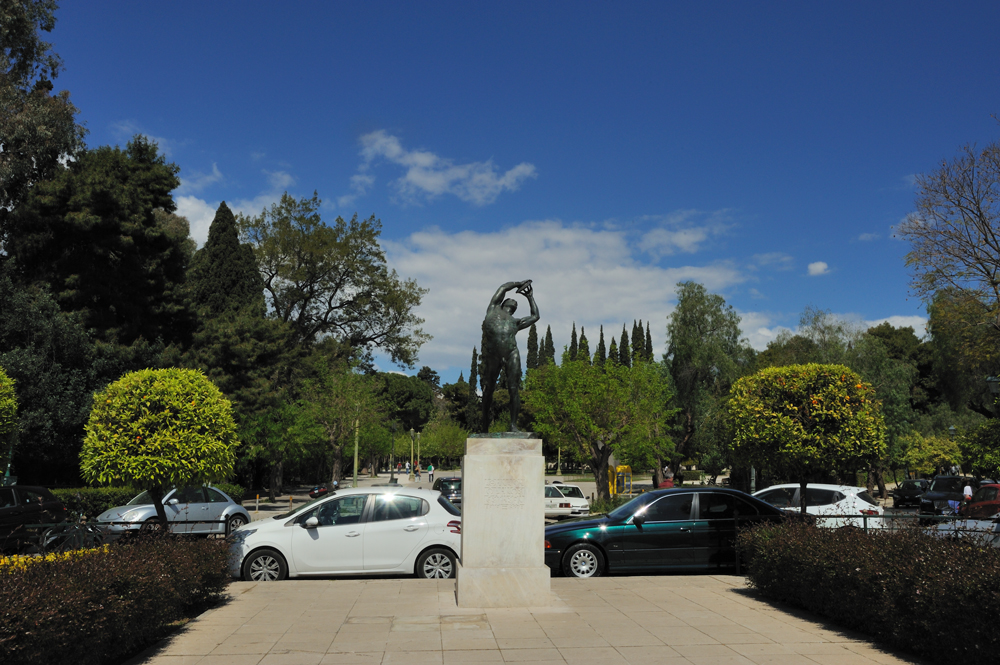
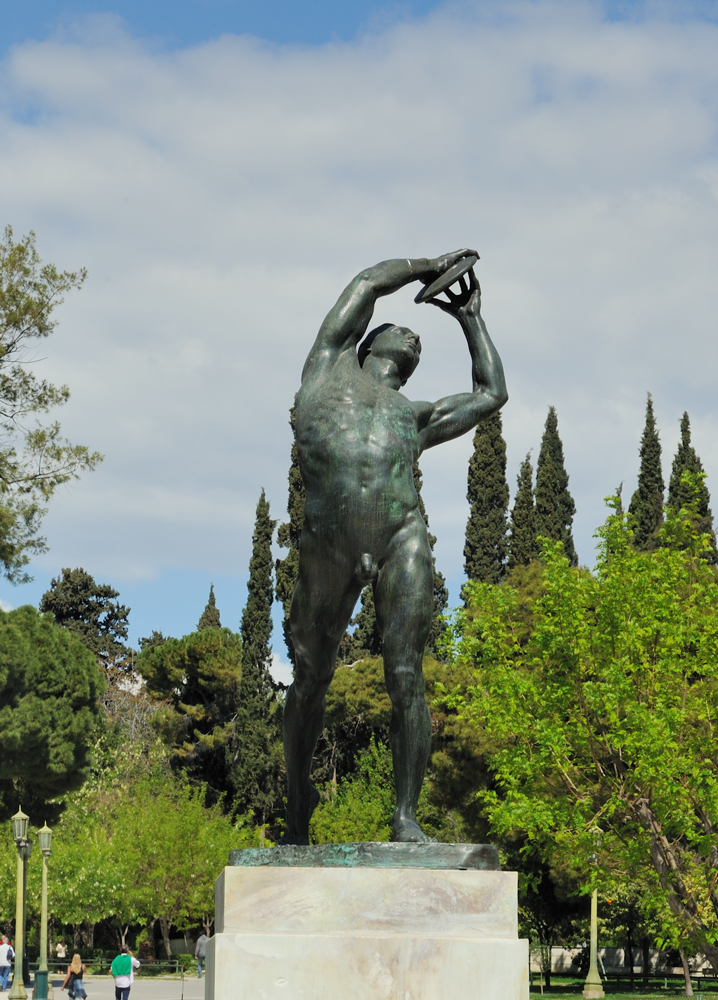
Athena is relatively flat, but has numerous hills. Hills are usually covered with forest and have picturesque ruins on the tops.
Acropolis, for example:

It is very nice view of the city from the hills. We lived near the Philopappu Hill, and every evening hiked to the top for sunset and view of nocturnal city.
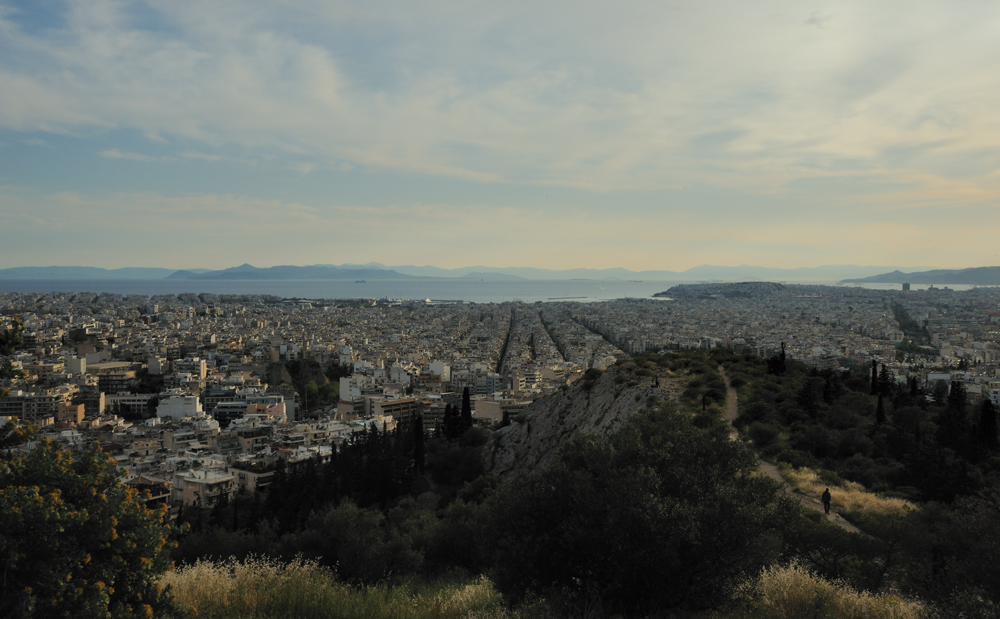

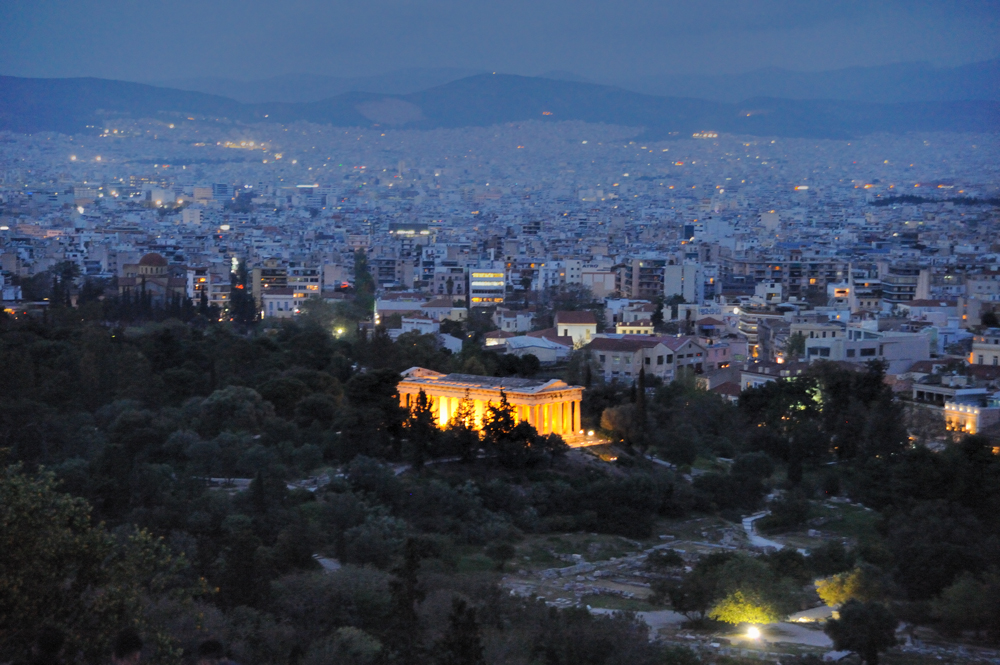
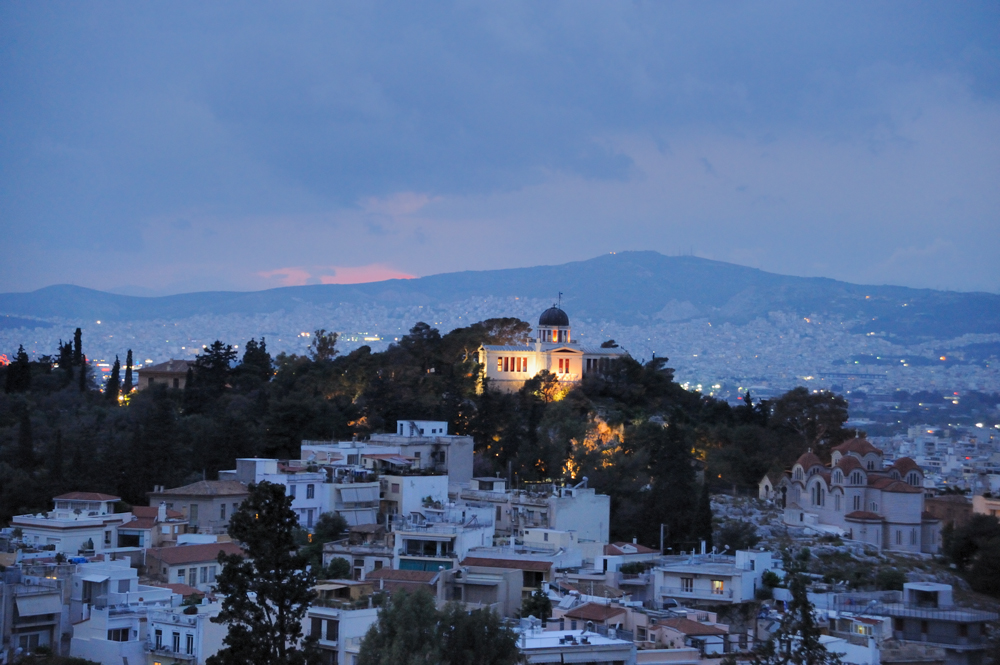
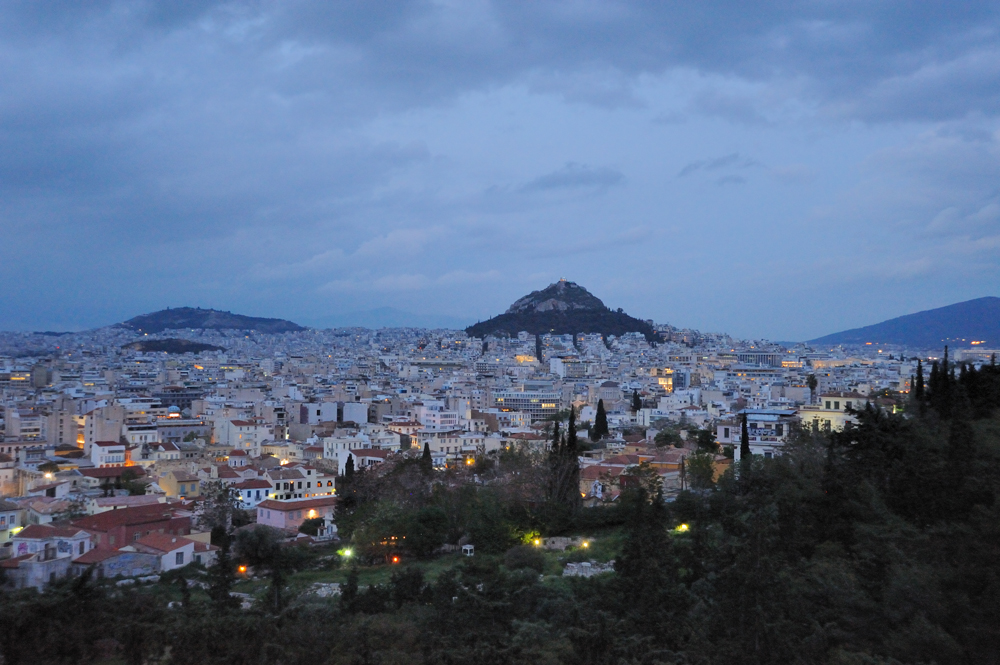

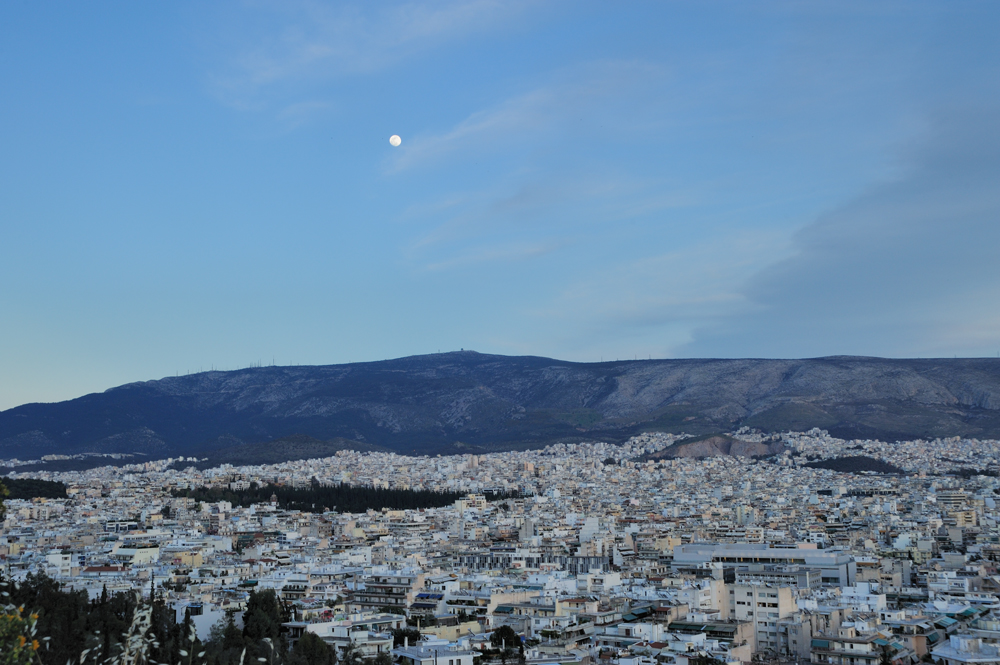
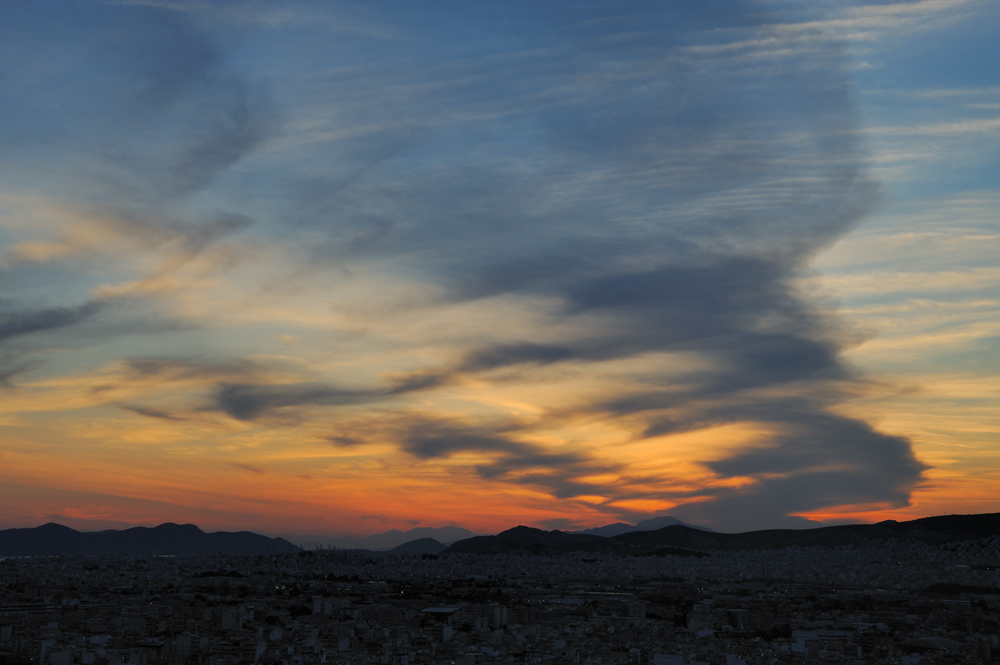
The Philopappu Hill is also known as the Muse Hill. In ancient times Musaeus, son of Orpheus, the founder of Greek poetry, lived on this hill.
The ruins of his house near the hill top:

Musaeus was buried on the same hill near his house.
In II century AC Philopappus, a prince from the Kingdom of Commagene, with the help of the city built for himself the marble tomb monument.
The monument at the night:
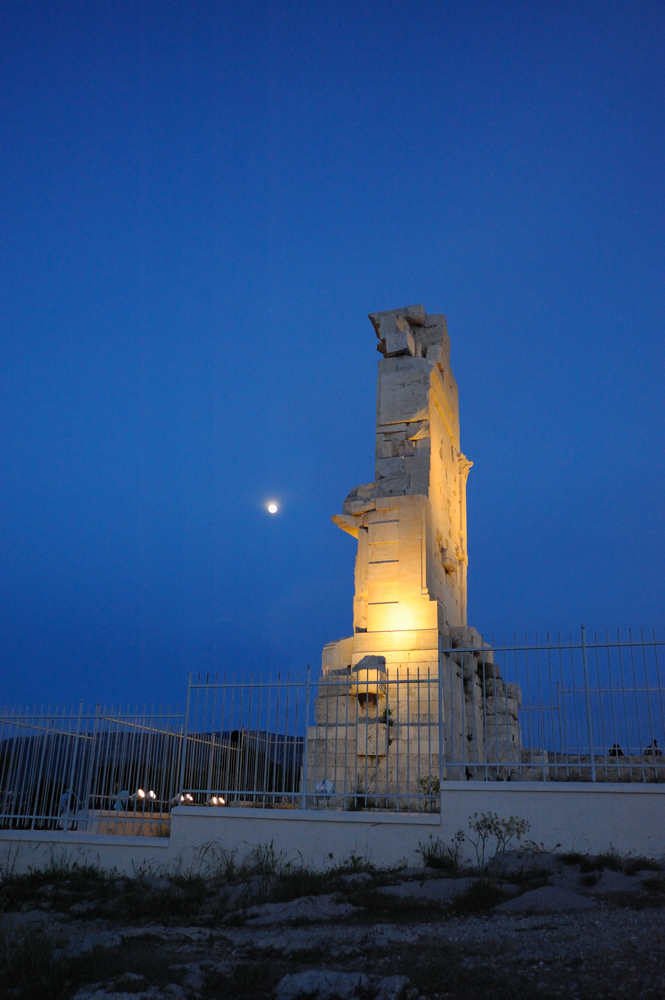
And at the day:
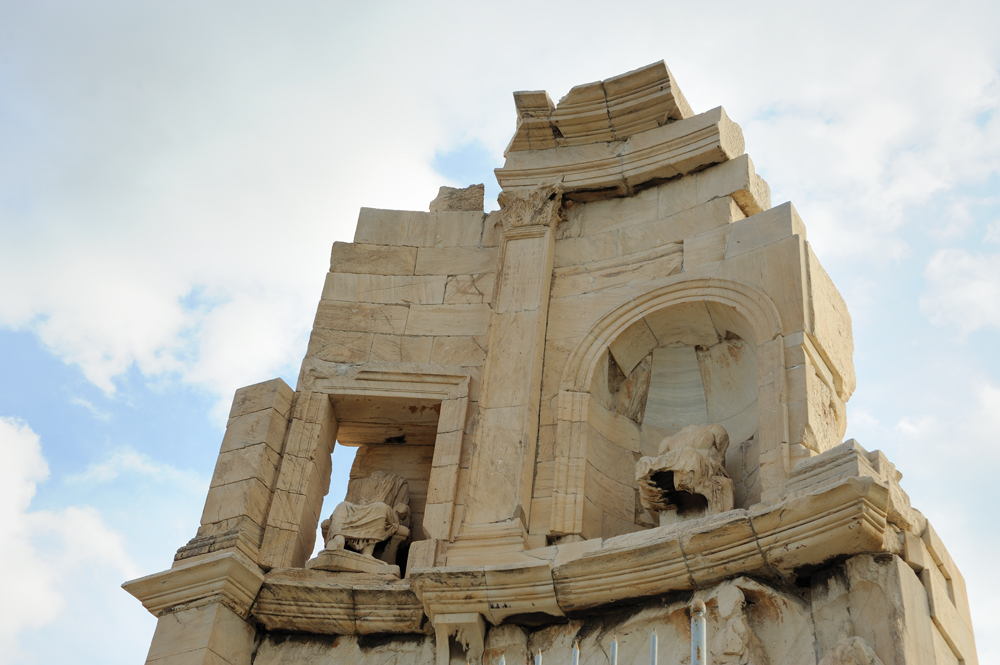
A little theater the foot of the hill:

Because Athena is the old and hilly city, many its streets are narrow and steep.
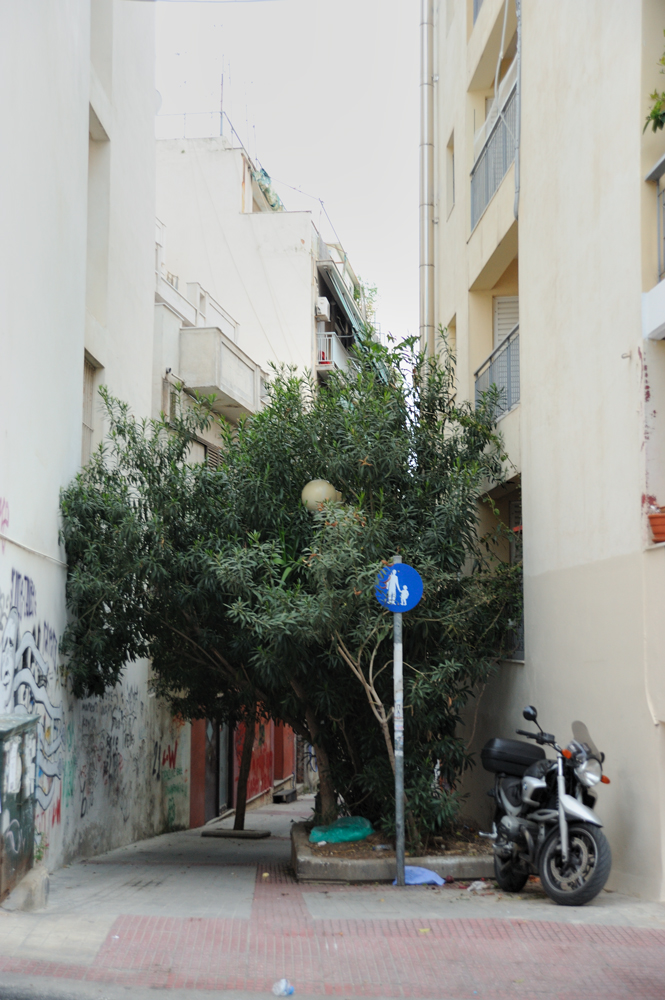

Many of them are stairs actually:
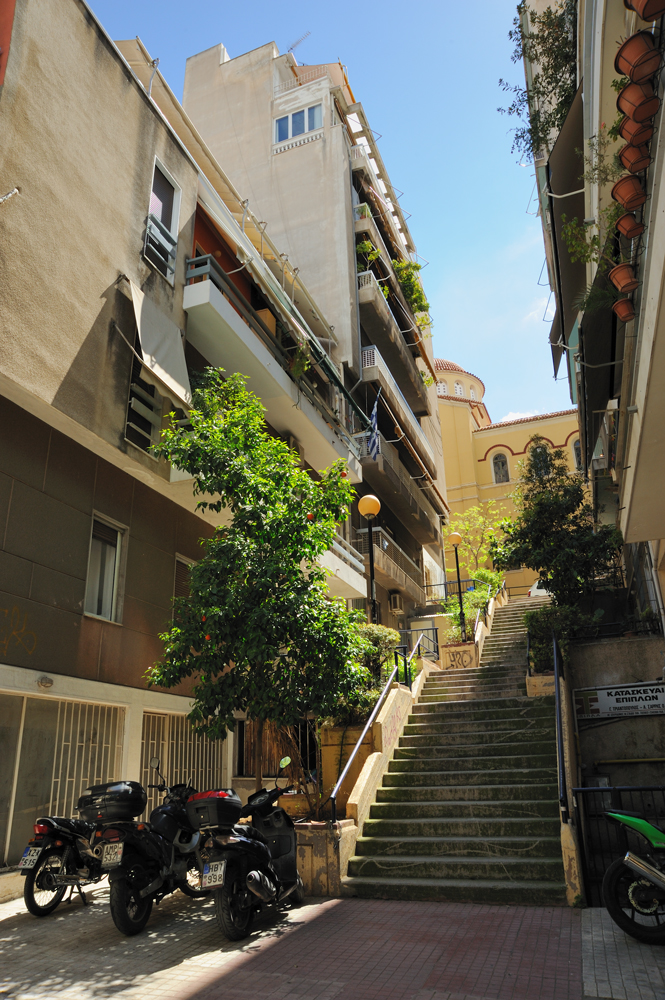
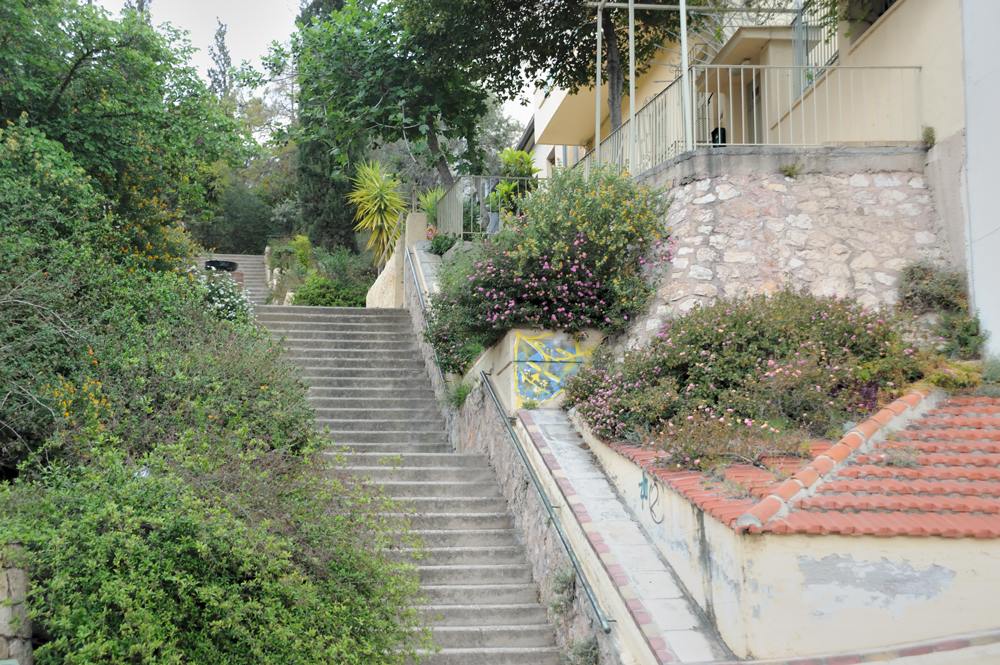

Wide streets are also exist:
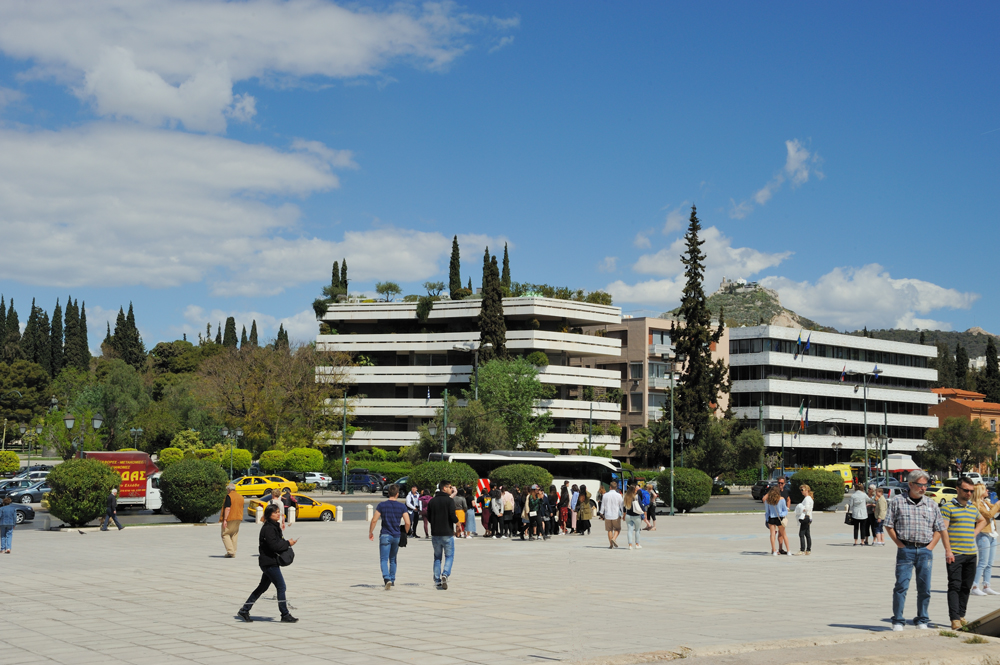
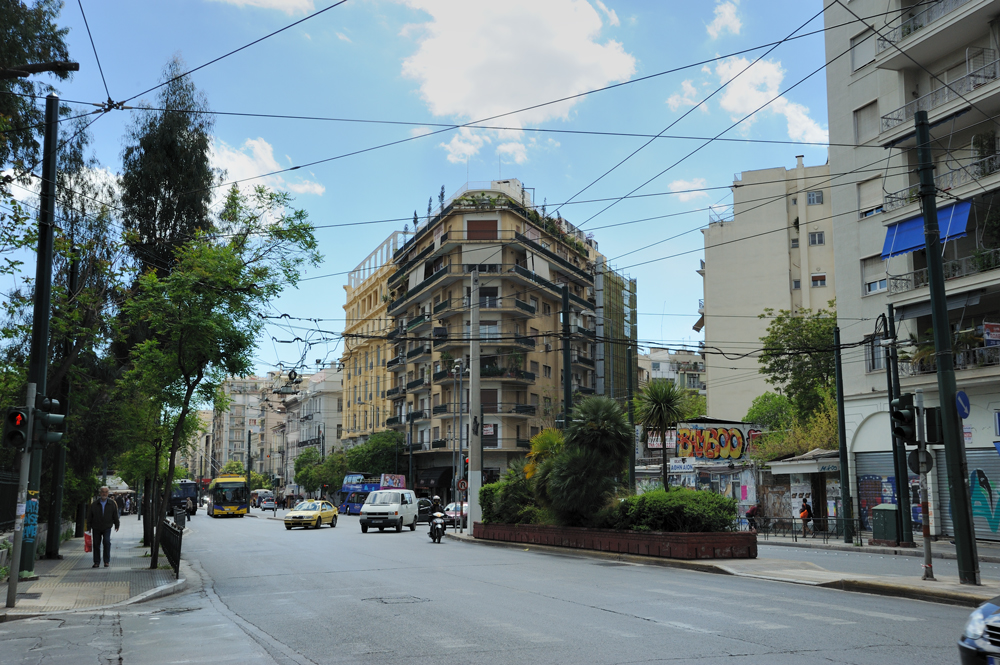
From antic times Greeks love columns, in modern architecture they also use them.
National Archeological museums. Museum, by the way, has many interesting things, I really recommend the visit.

Polytechnic Institute. I have no idea th whom this head belongs.
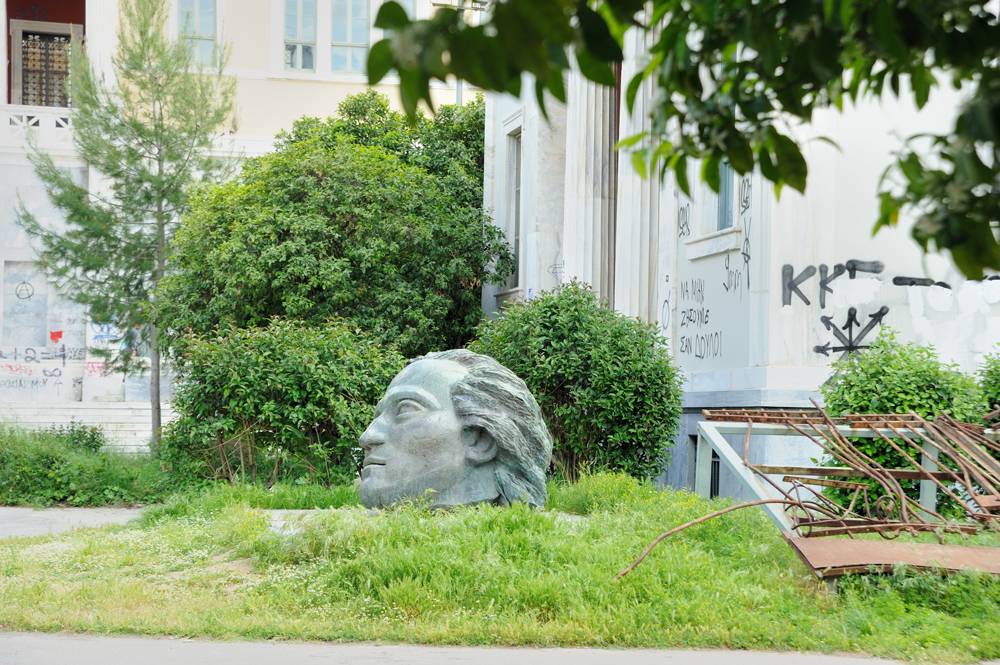
University of Athens
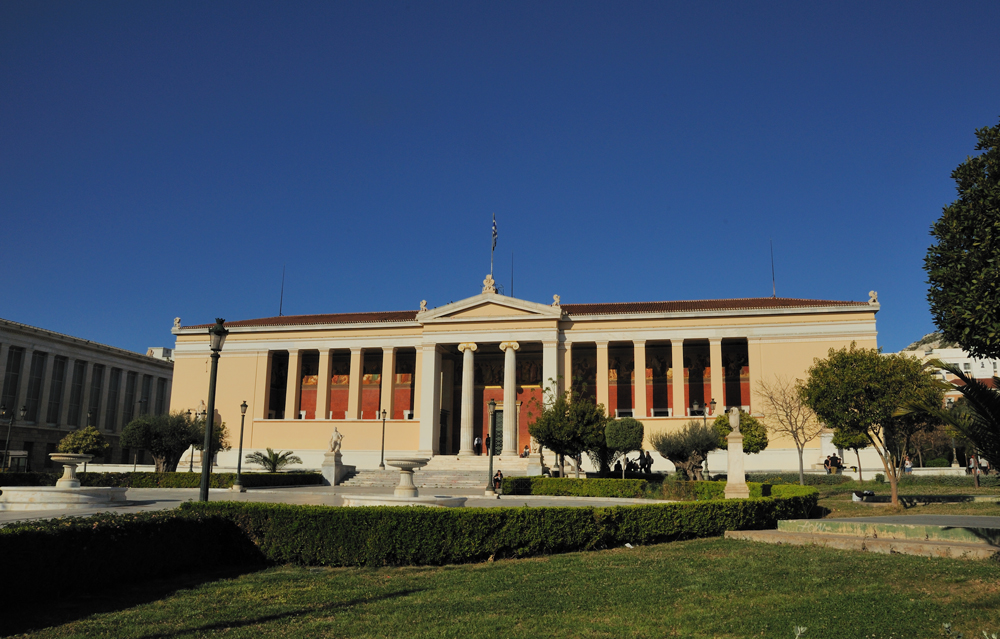
Athens Academy
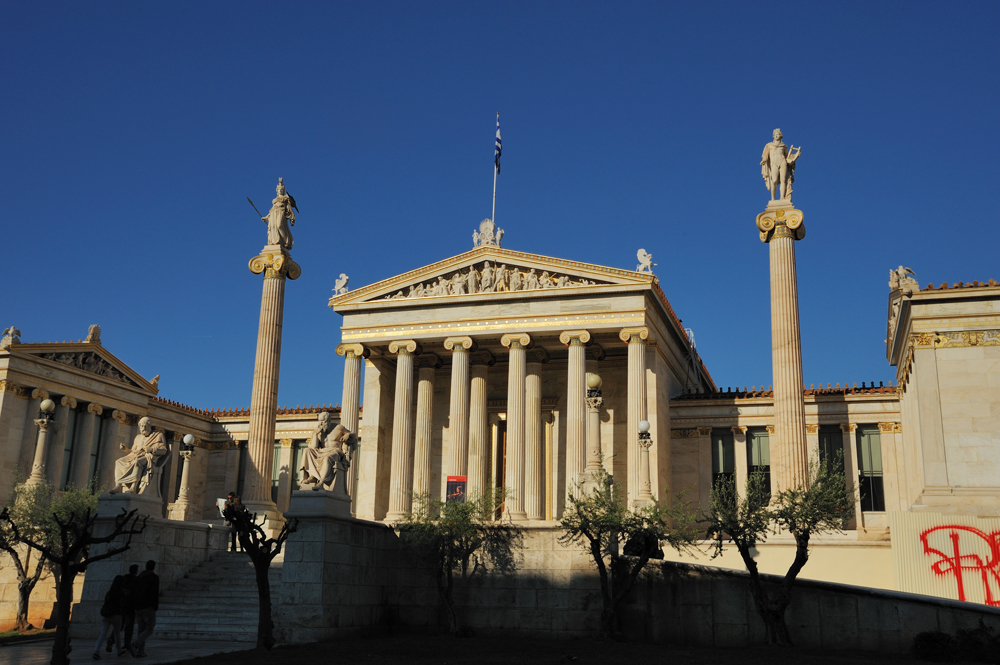
Statue of Theodoros Kolokotroni, the hero of the Greek War of Independence whose jacked became the part of euzone’s uniform.
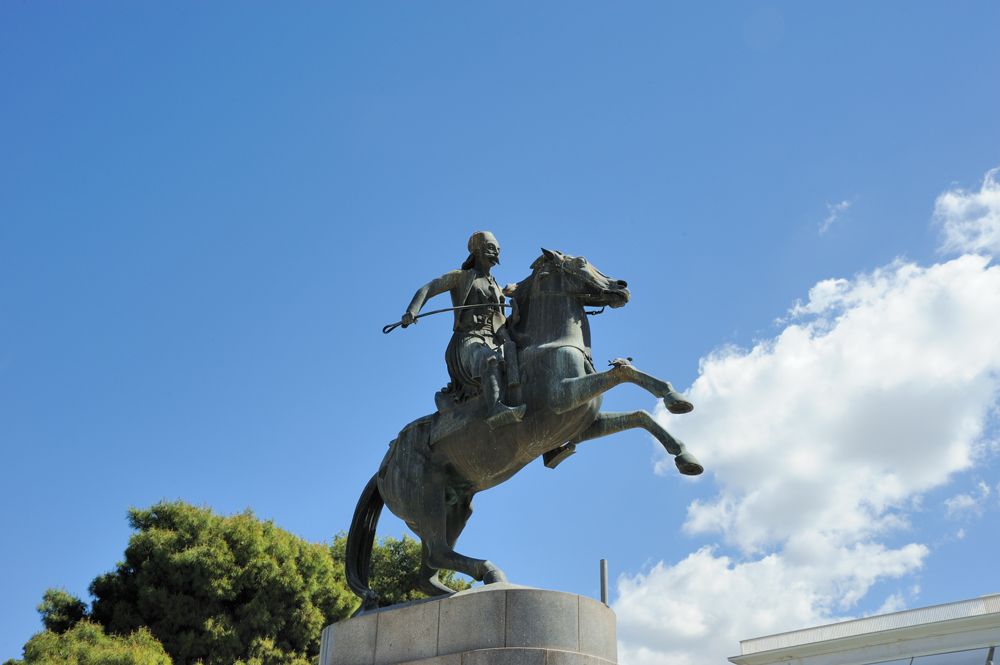
Look at his mustaches! Modern Greeks love mustaches.
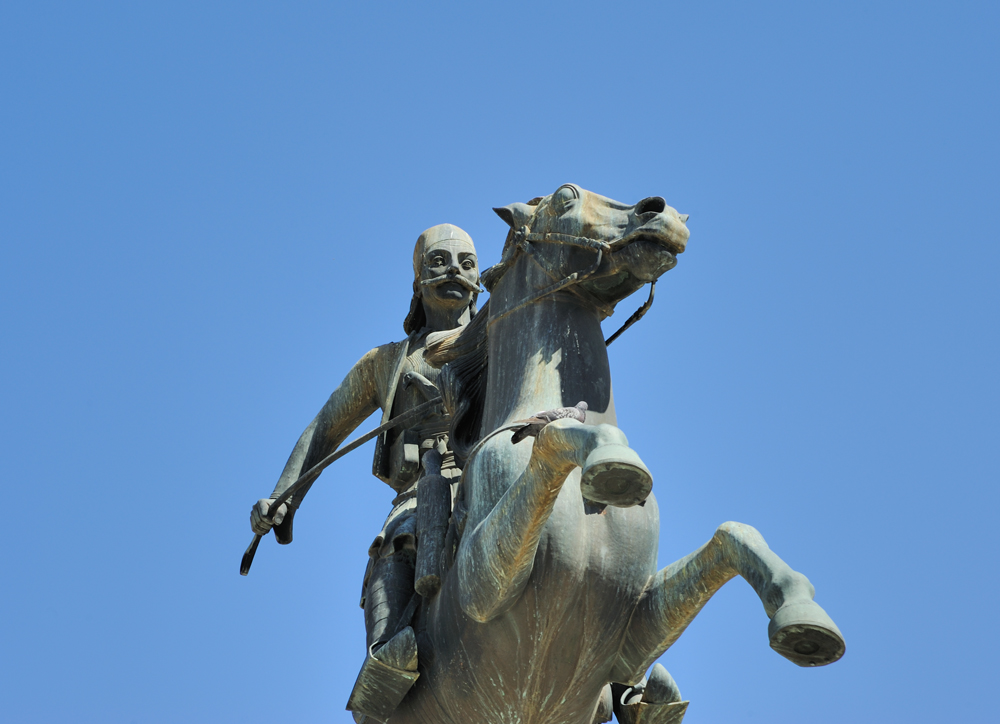
There are plenty of graffiti of the streets.

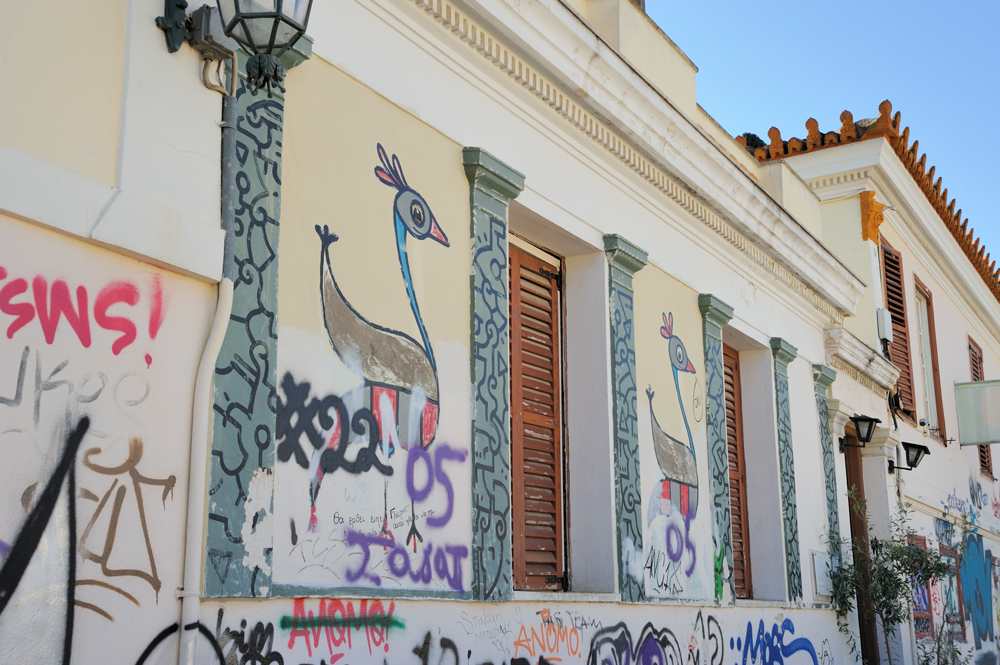
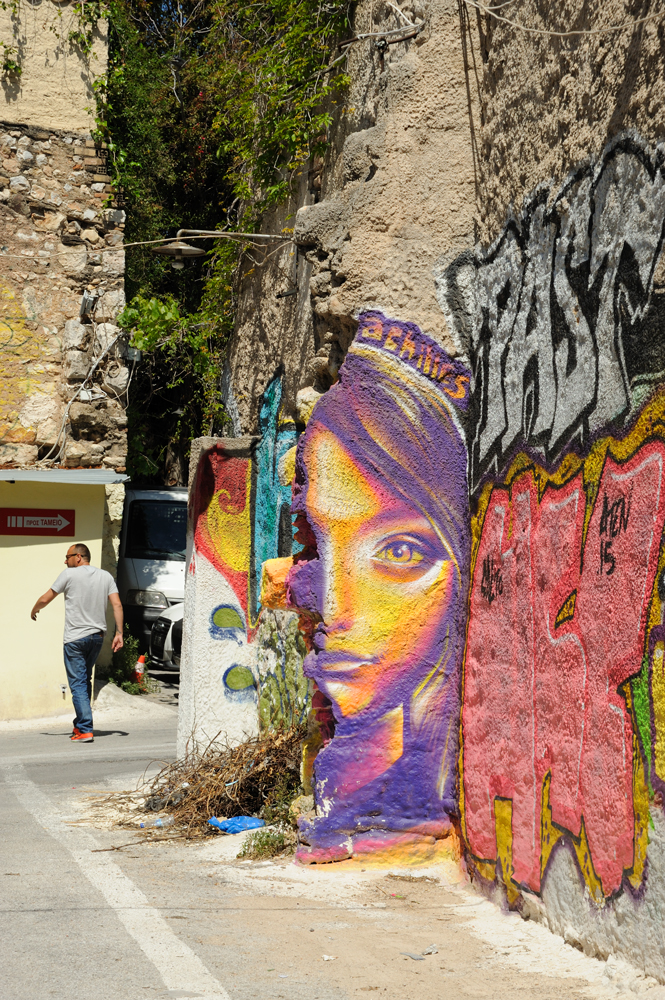
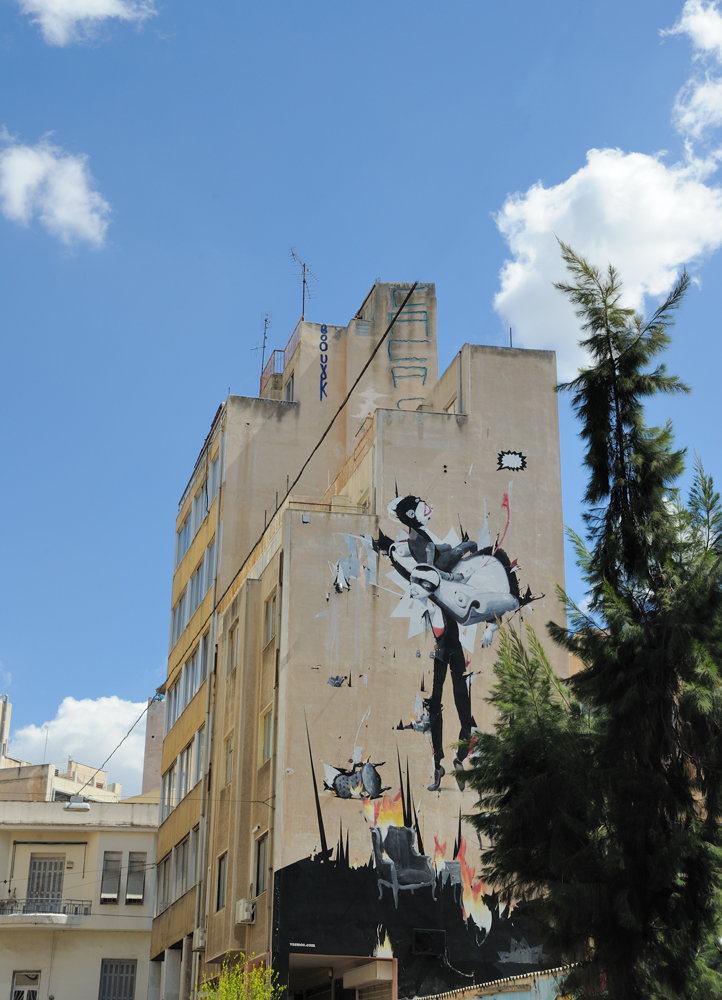

Politics everywhere. European Union is not very stable now.
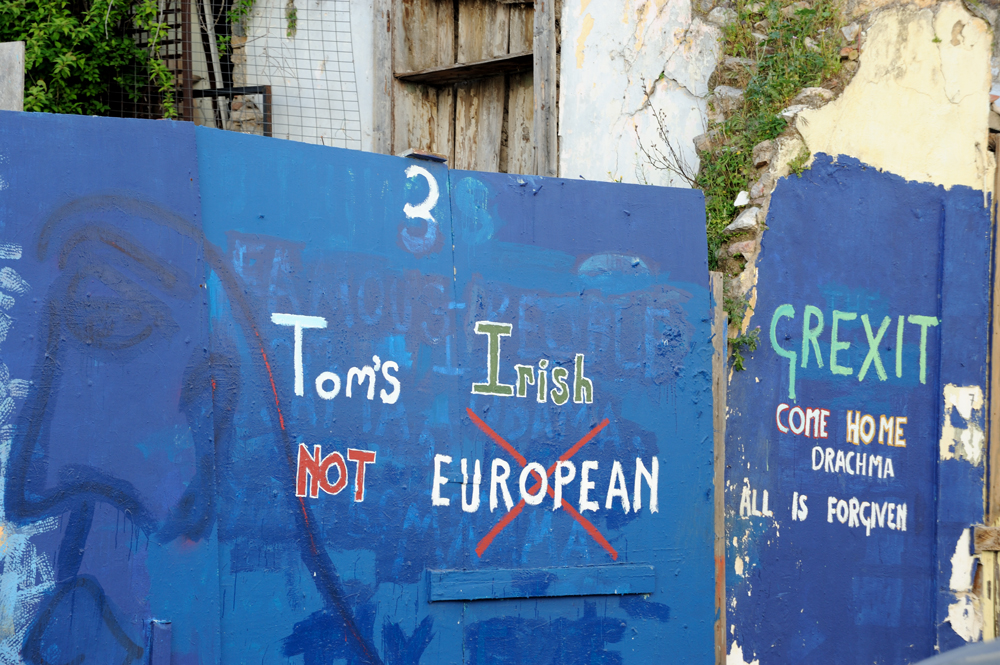


House decorations:
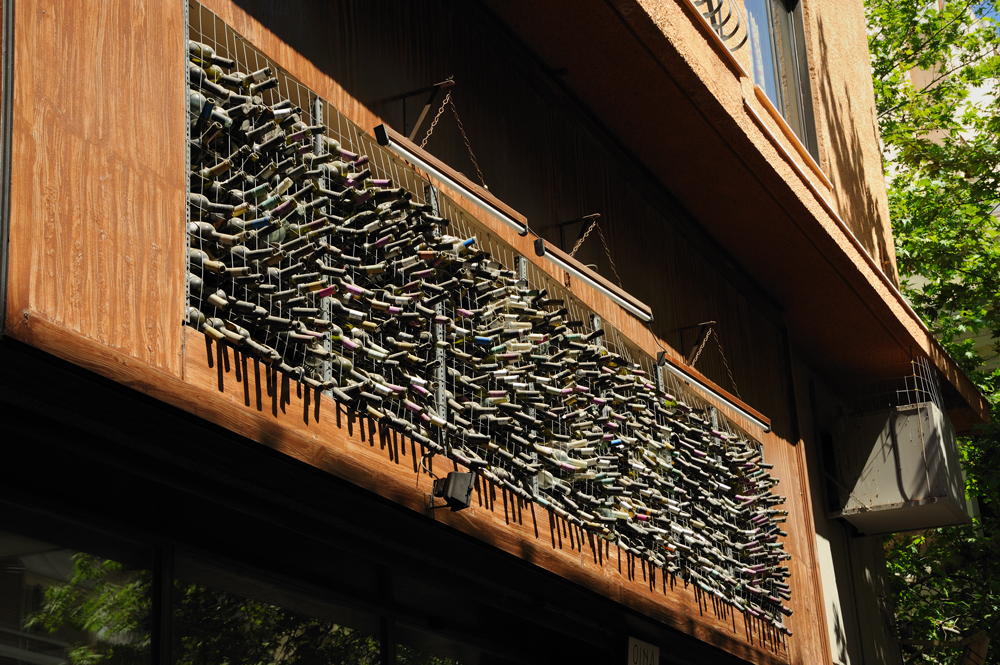

T-shorts with Greek flair.
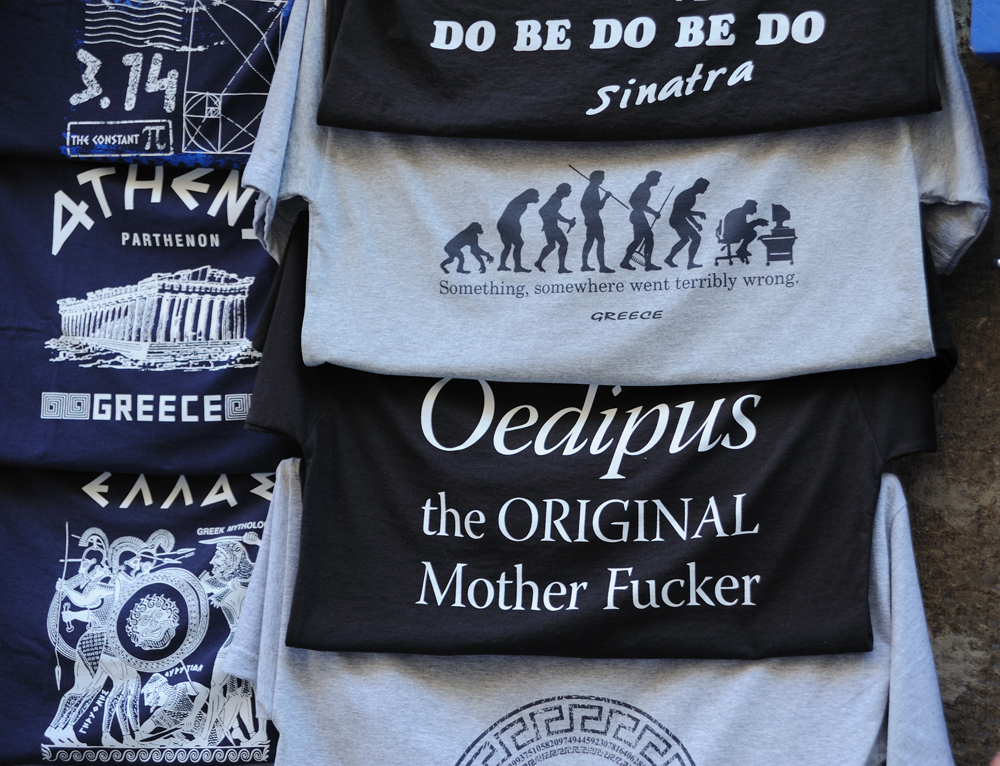
More pieces of Athena:
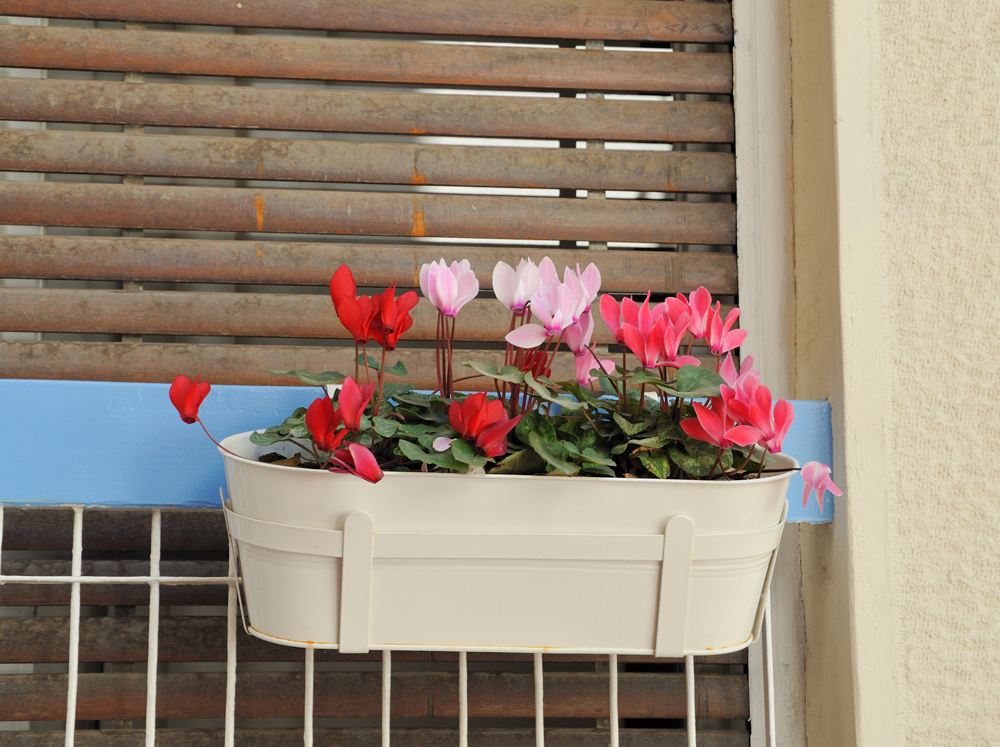
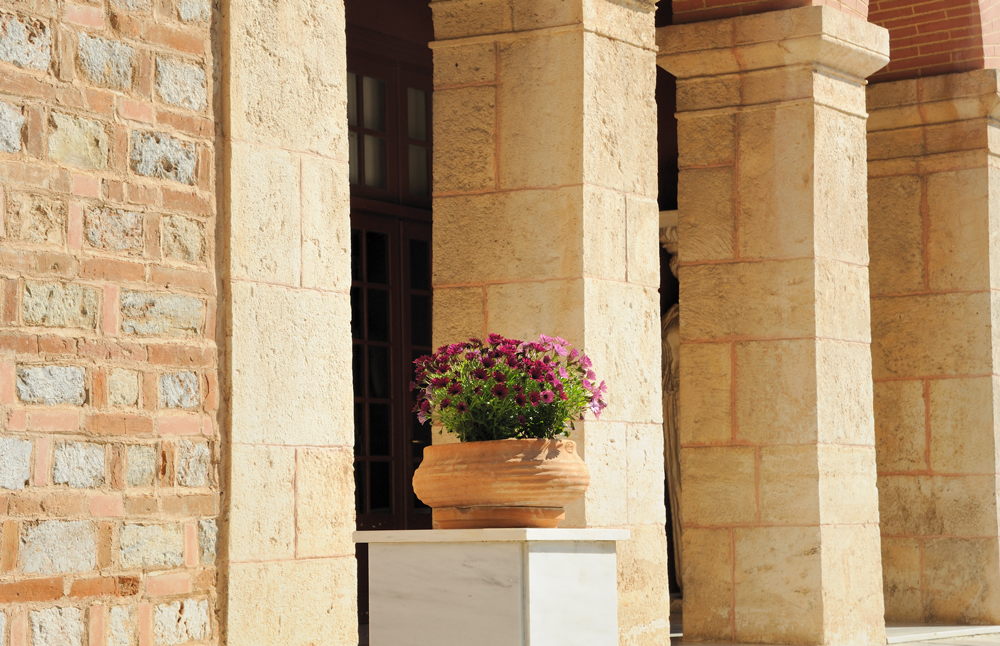

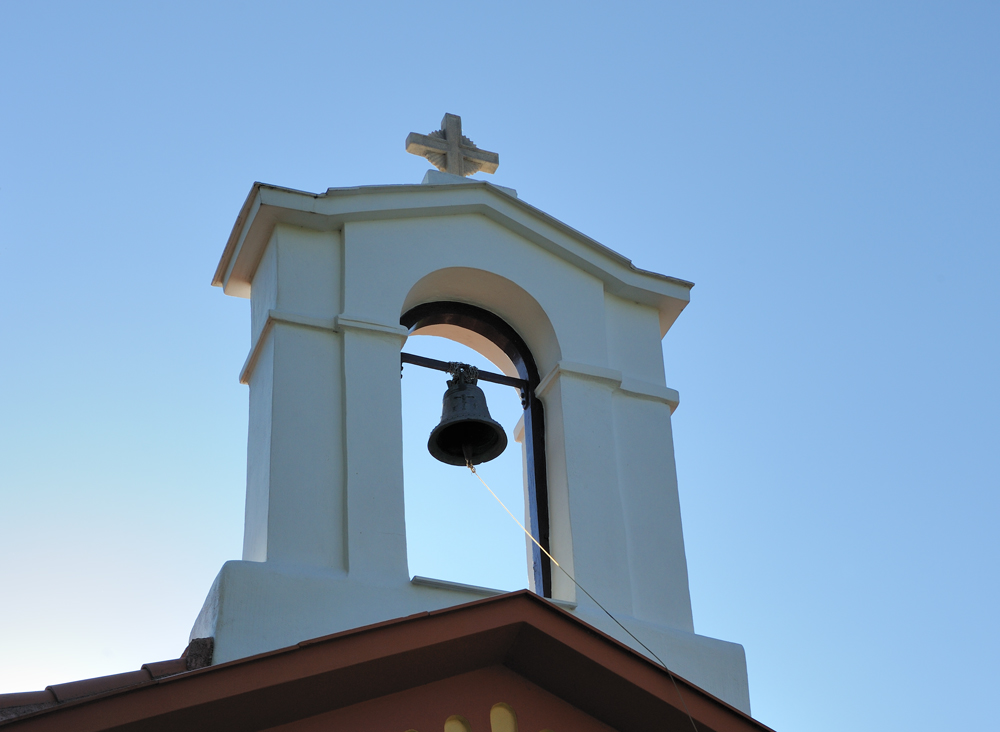
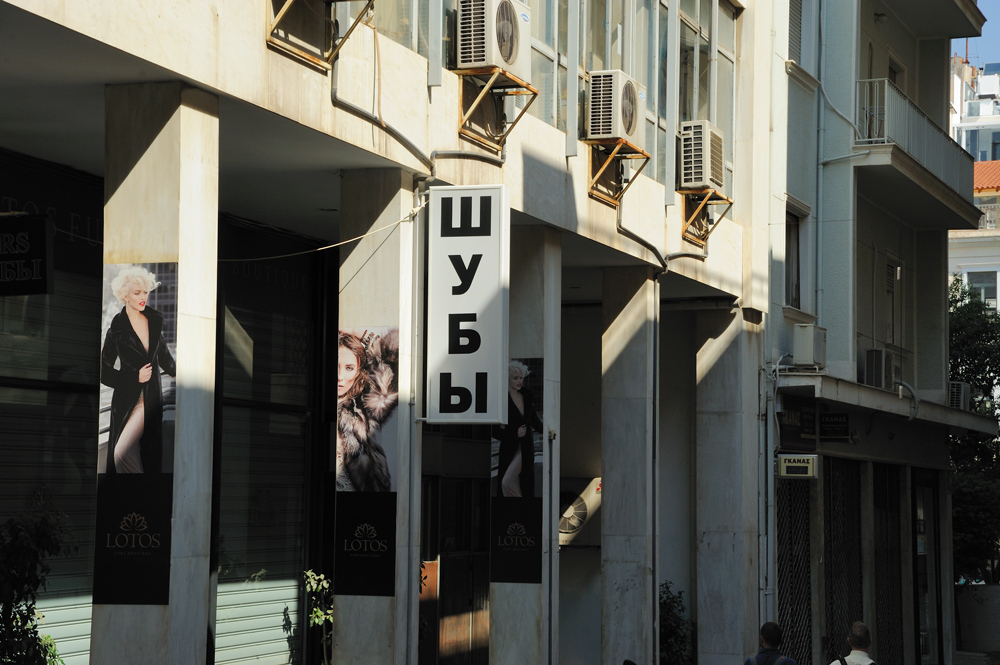
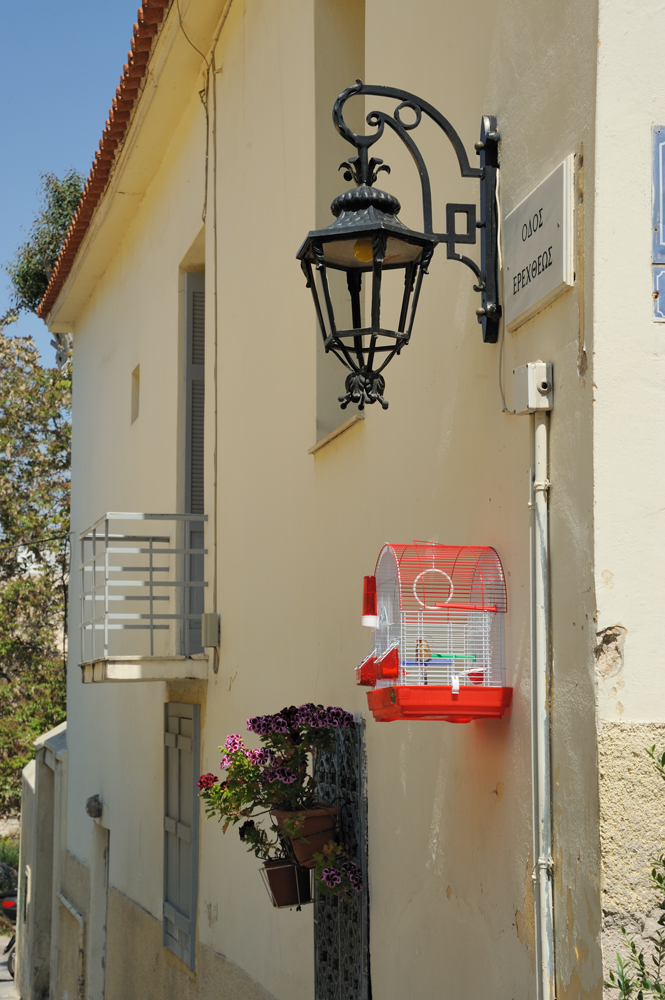
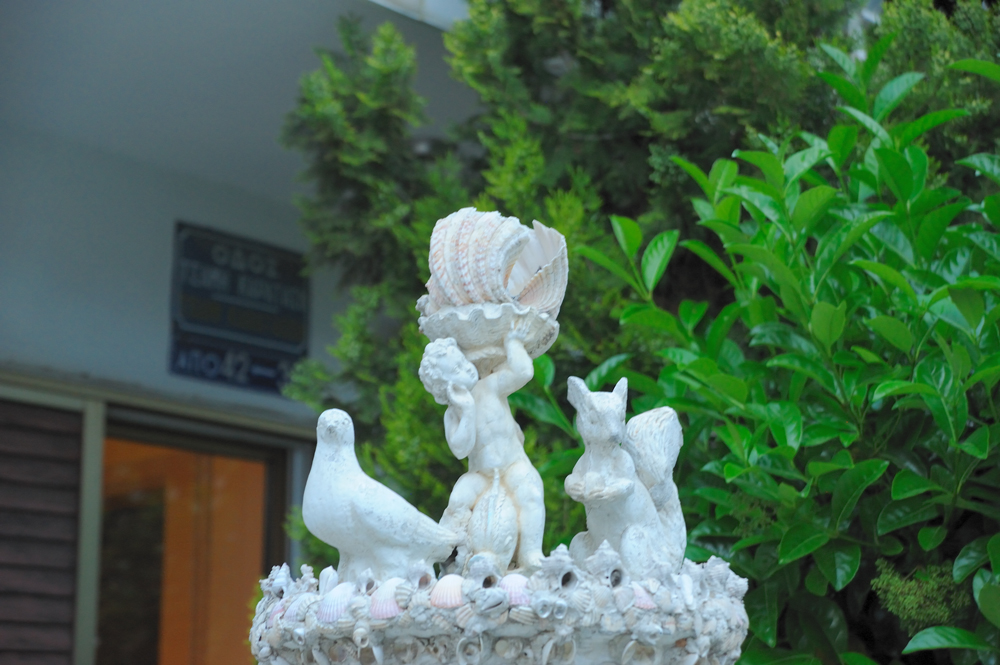
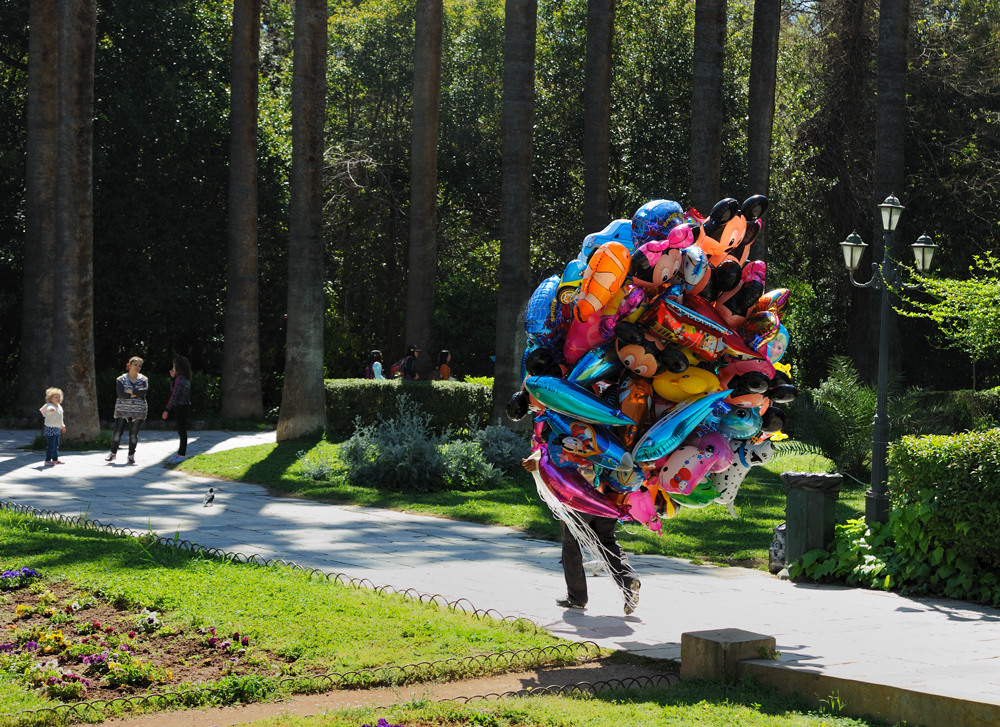

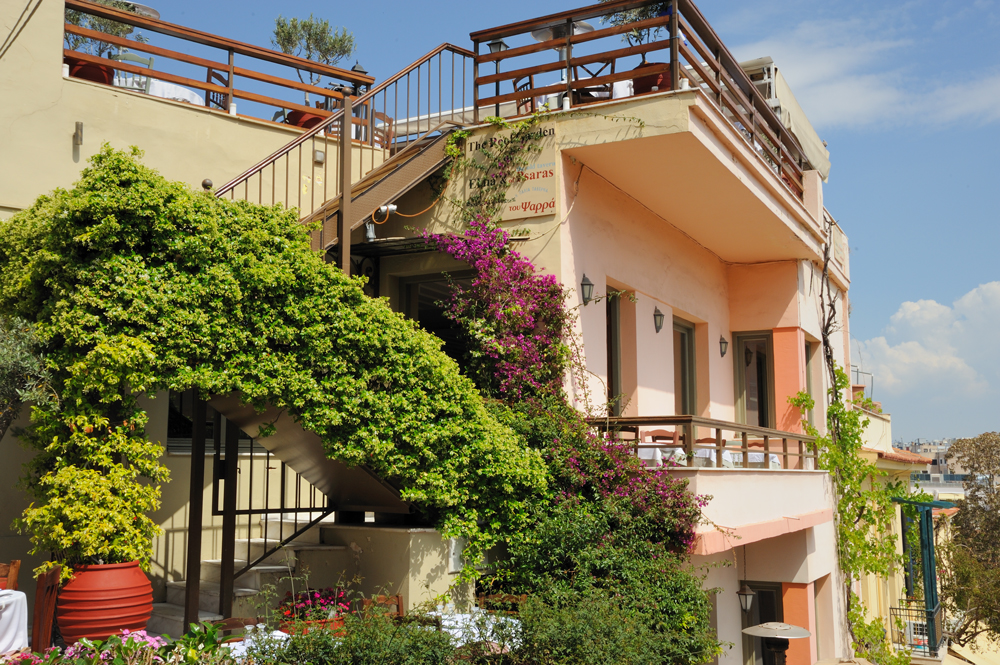
To be continue….